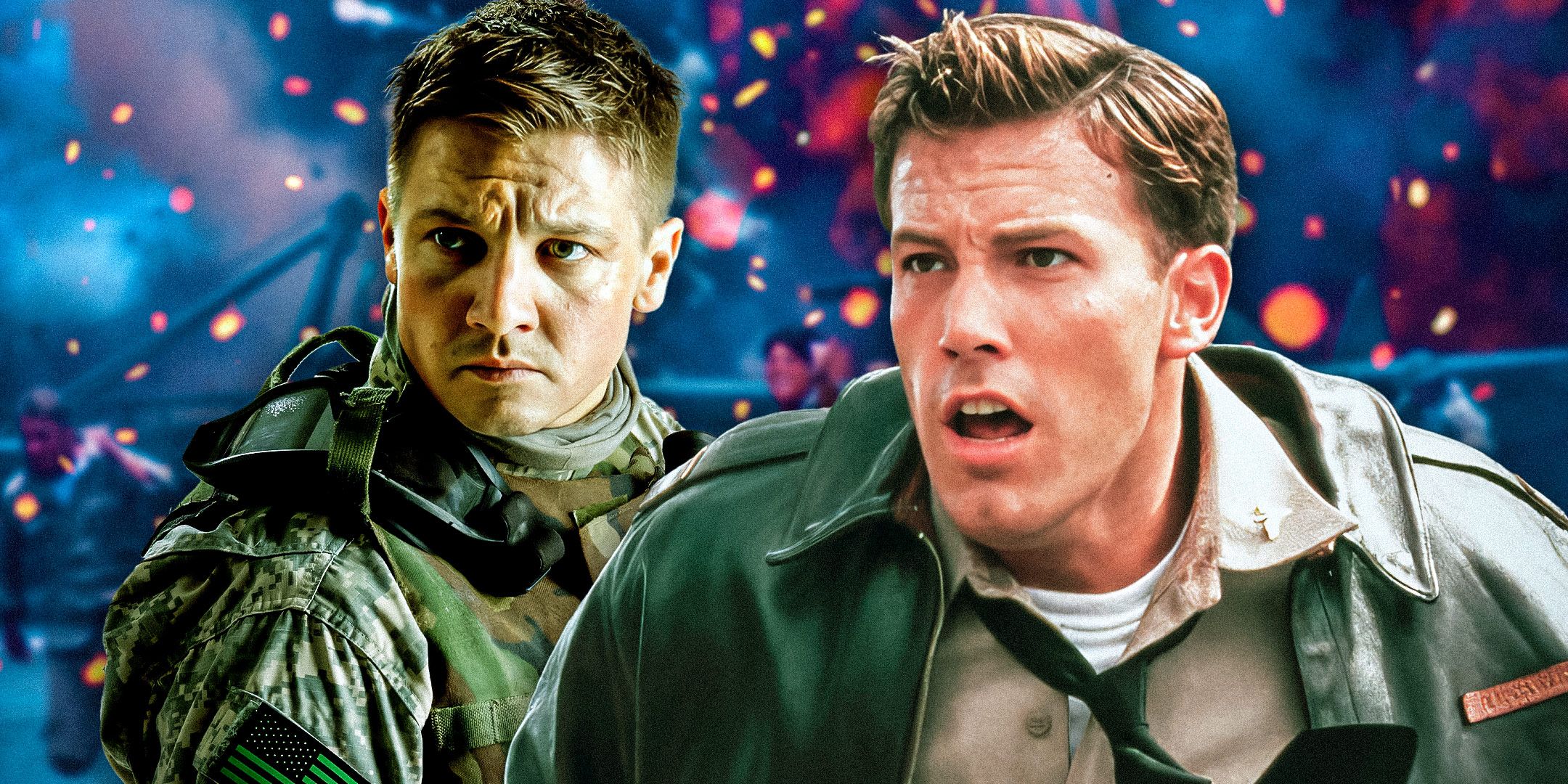
Cinema has been presenting inaccurate depictions of real historical wars since its inception. Filmmakers face challenging choices when trying to strike a balance between providing an entertaining film and accurately portraying actual events during war. In transforming wartime narratives for the big screen, many intricacies of the historical accounts are often overlooked or distorted. Consequently, numerous films about World War II, the Vietnam War, and Middle Eastern conflicts have been criticized for deviating excessively from the truth.
It’s crucial for films portraying warfare to be factually correct, as viewers might mistakenly believe them to be accurate accounts if not specified otherwise. In some instances, historically inaccurate war movies have sparked criticisms from political figures and world leaders, who view these inaccuracies as disrespectful to the memory of real veterans. While it’s tempting to accept a movie’s portrayal at face value, the existence of these misleading films underscores the importance of questioning and verifying the information presented on screen.
9. Braveheart (1995)
Directed by Mel Gibson
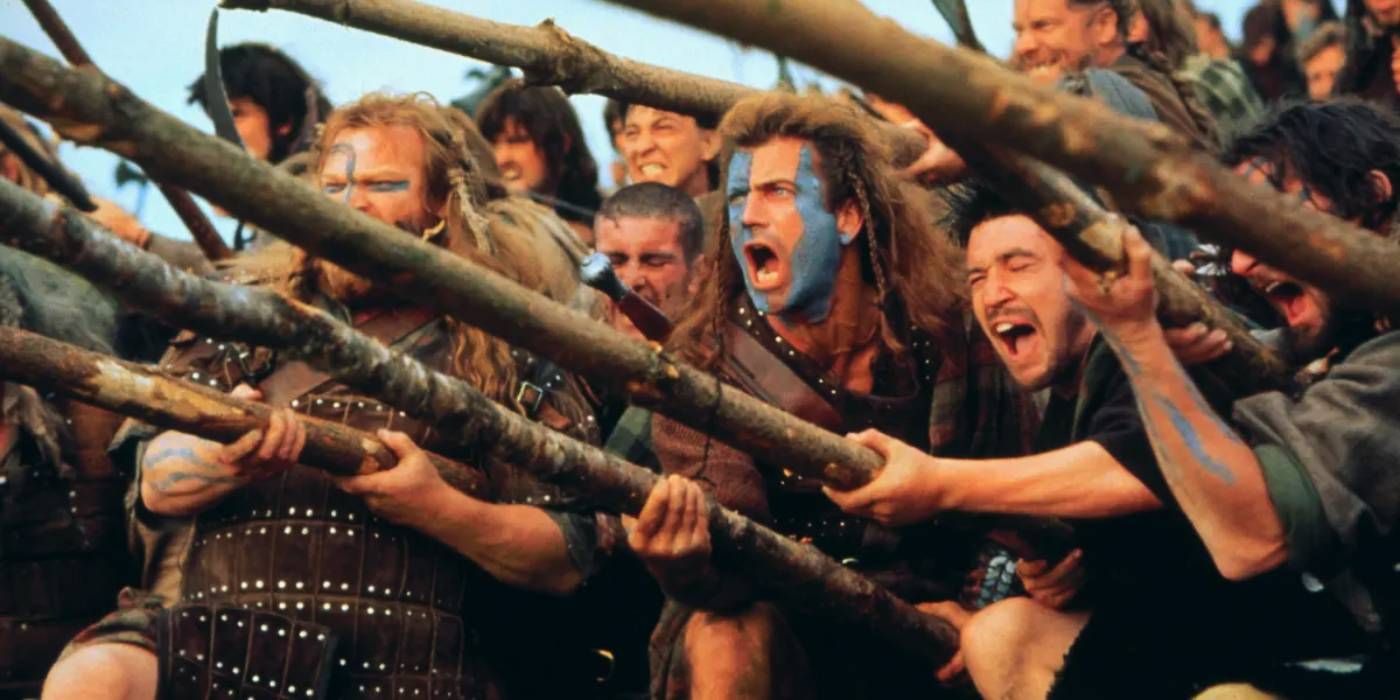

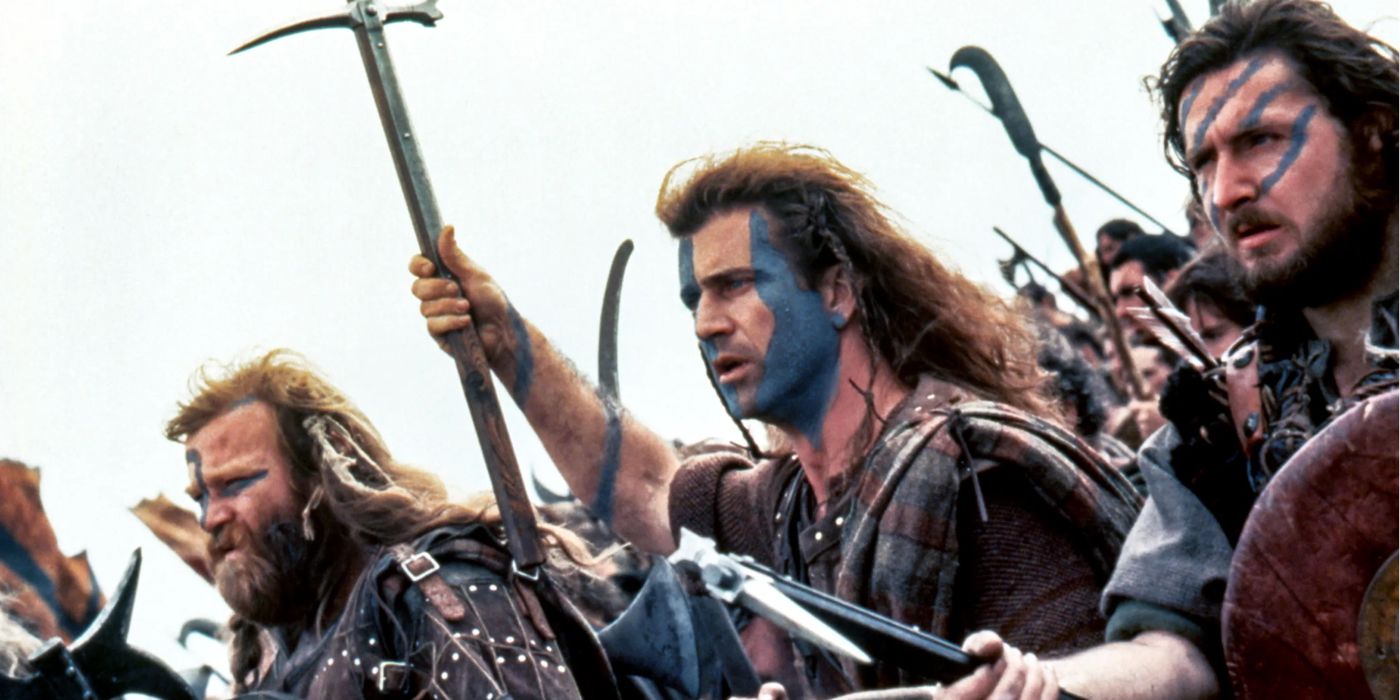


Speaking about William Wallace these days inevitably brings to mind Mel Gibson’s stirring exclamation, “Freedom!”, from the movie Braveheart. While this film was a gripping war drama, it’s important to note that its portrayal of the First War of Scottish Independence against King Edward I of England contained numerous inaccuracies. As The Sunday Times classifies it among the most historically inaccurate movies, Braveheart largely replaced the real historical narrative with an epic tale.
The movie “Braveheart” contains numerous inaccuracies that make its characters hard to understand as they are portrayed. For instance, the character of Queen Isabella, played by Gibson’s love interest, was a historical figure, but in the time period depicted in the film, she would have been only two years old. The events, dates, characters, names, and clothing shown in the movie have come under criticism, so if you want to learn about William Wallace’s real history, it’s best to read a book instead of relying on “Braveheart” for accurate information.
8. The Green Berets (1968)
Directed by John Wayne and Ray Kellogg

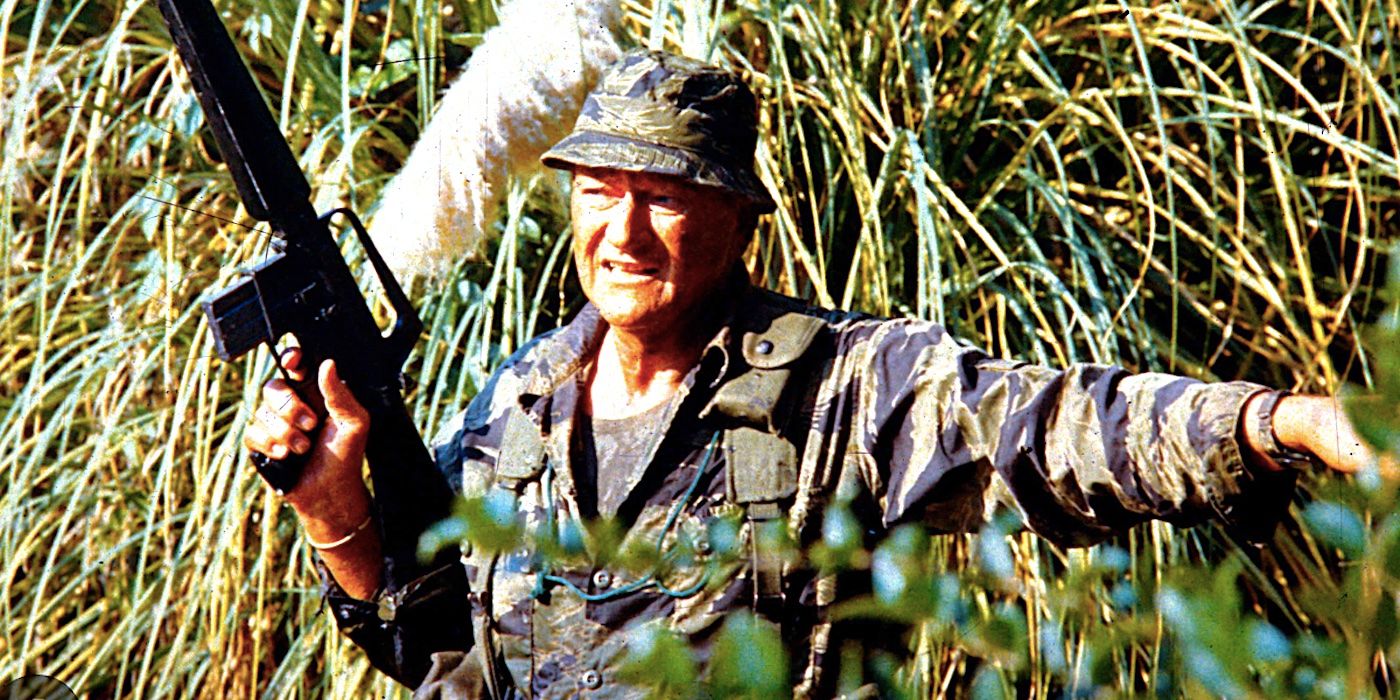
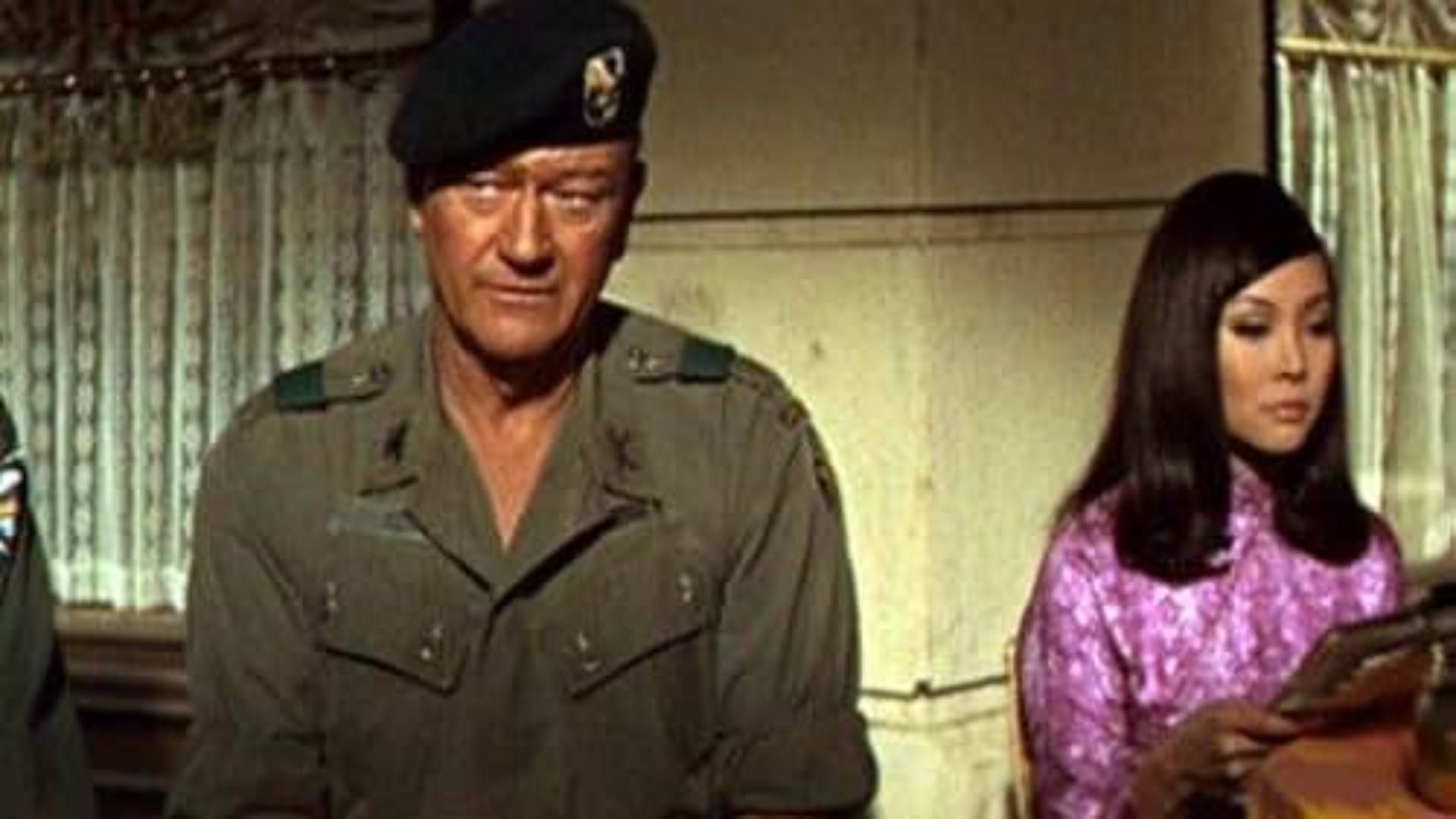
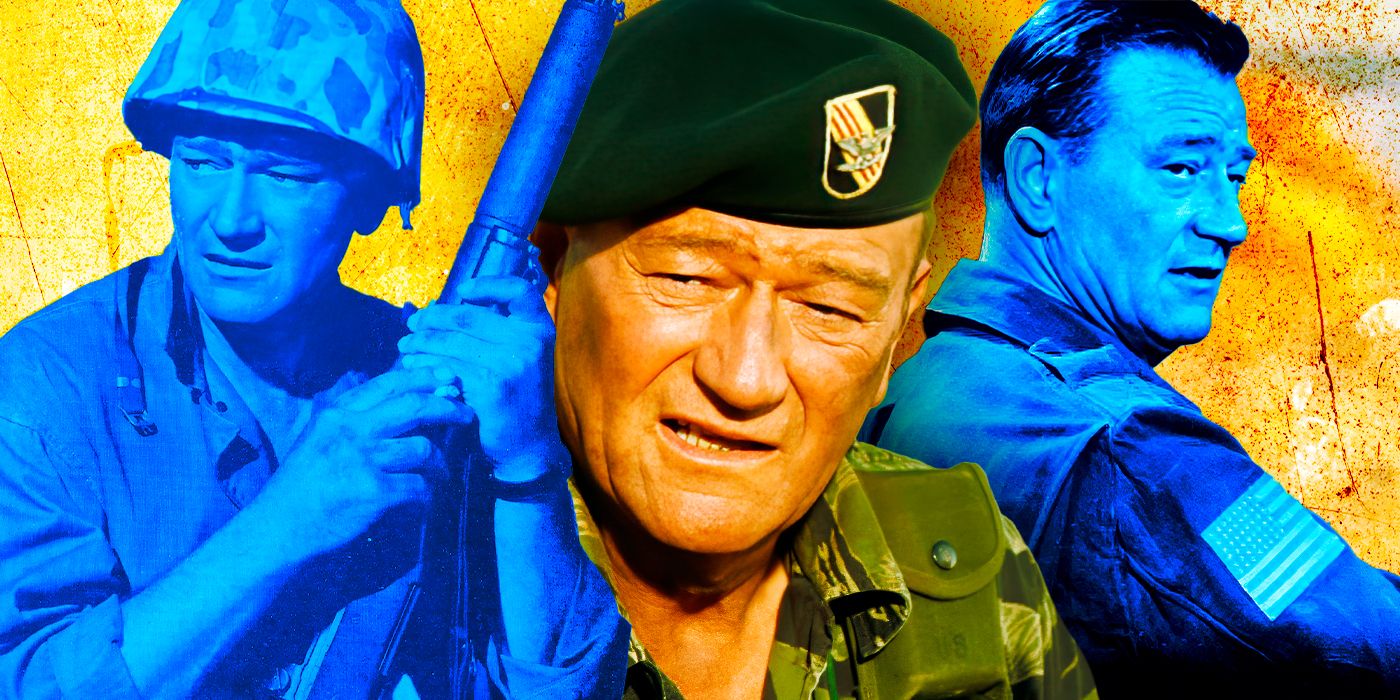

A war movie can’t be completely free from political influence. When it portrays real-life conflicts, it carries a duty to strive for historical accuracy. Unfortunately, “The Green Berets” fell short of this responsibility and is seen as nothing more than pro-war and anti-communist propaganda, intended to counteract the increasing public disapproval towards the Vietnam War in America. This film, starring John Wayne, was successful financially, but it misrepresented the Americans as always righteous while painting the Viet Cong as entirely wicked, which is not an accurate portrayal of the situation.
During the Vietnam War, ‘The Green Berets’ was a movie designed to influence public sentiment, created amidst ongoing conflict. The film primarily showcases an American perspective, portraying Vietnamese soldiers as cold-blooded killers devoid of empathy. However, in its simplification of complex political events, the movie overlooked the colonial history of Vietnam and the underlying motivations driving the Viet Cong.
7. Windtalkers (2002)
Directed by John Woo
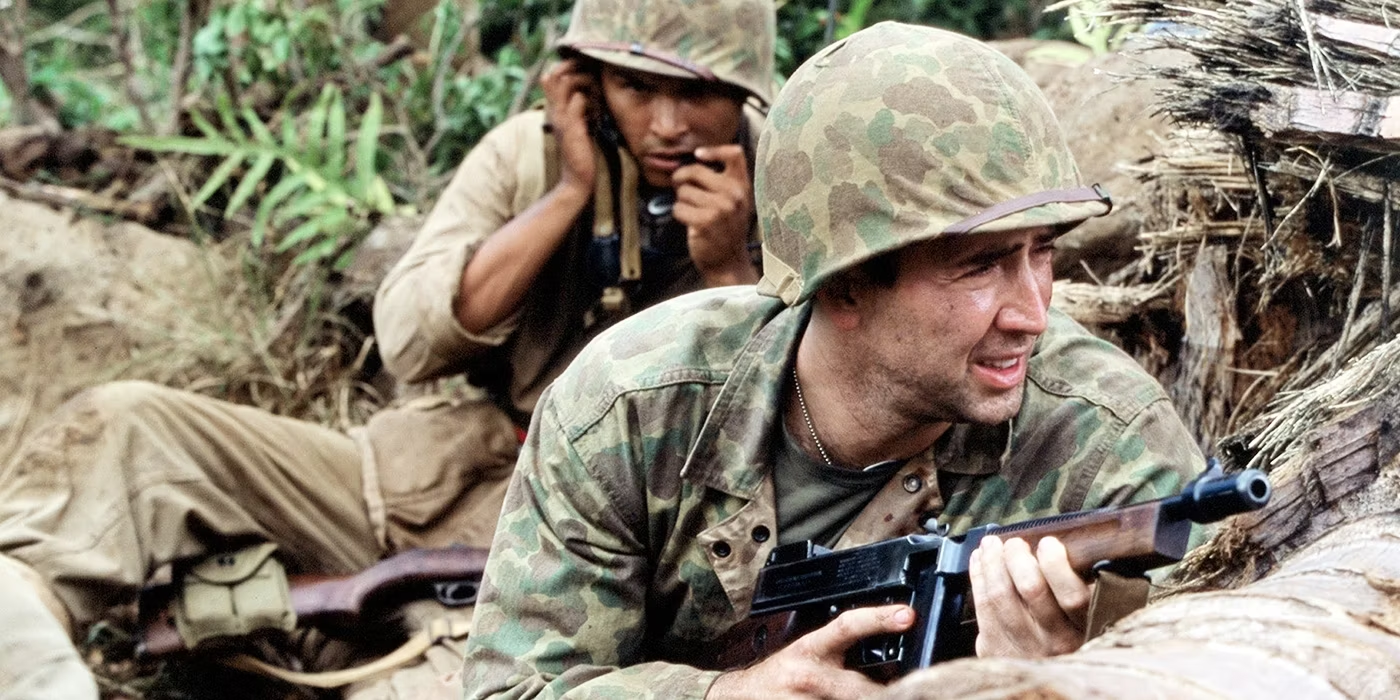
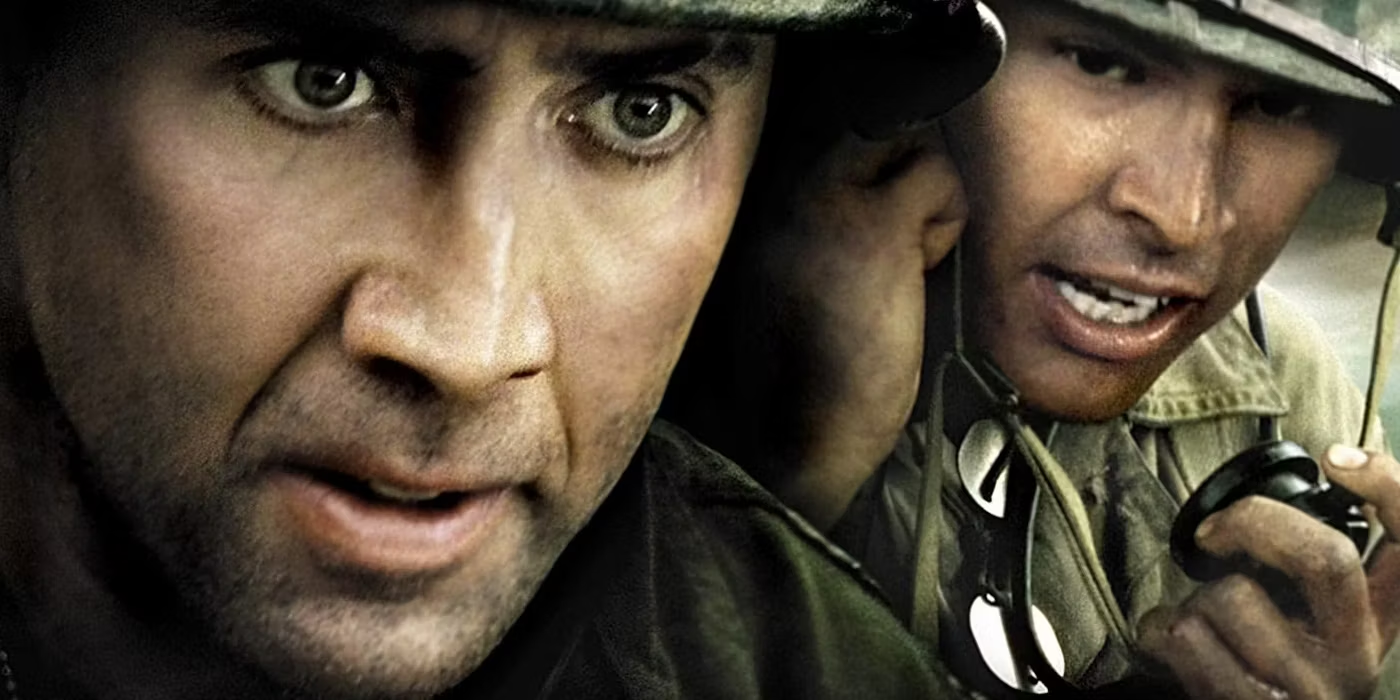

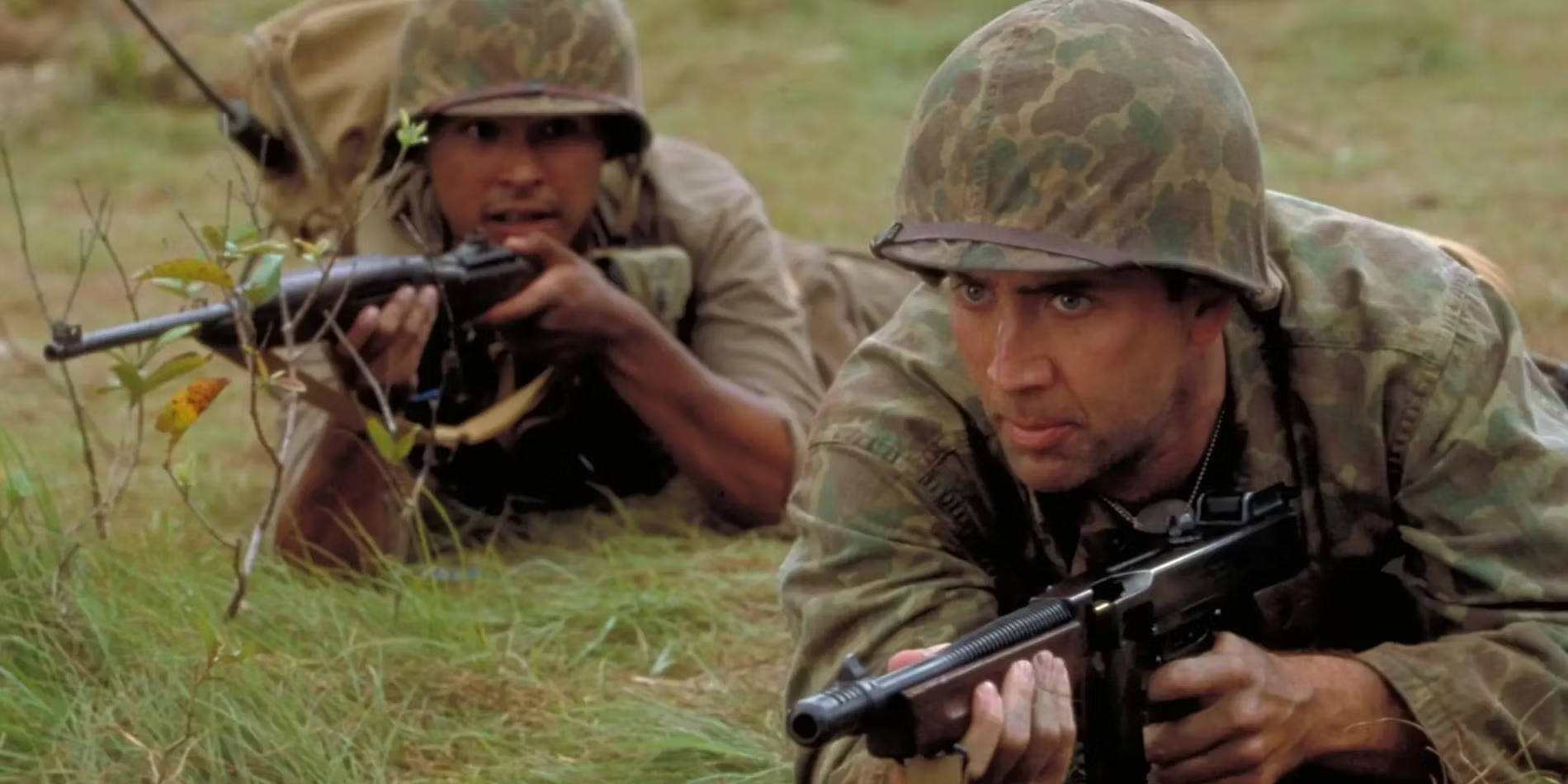
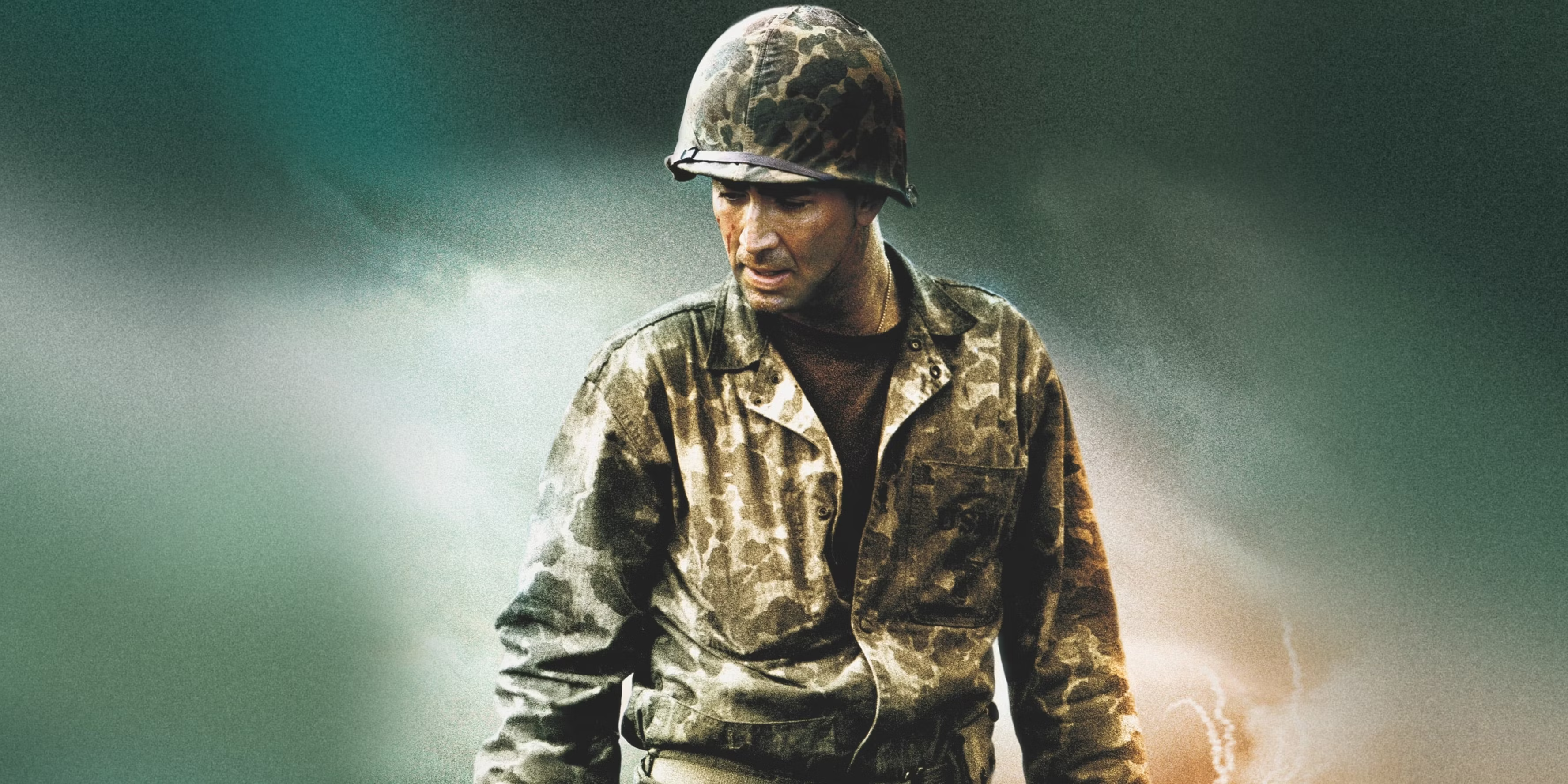
In a reunion with director John Woo, who previously worked with Nicolas Cage on the film “Face/Off”, they collaborated on a story titled “Windtalkers”. This movie is inspired by the Navajo Nation’s code talkers during World War II. Native Americans from the Navajo tribe played crucial roles in many battles against the Japanese, using their lesser-known tribal languages as a means of covert communication. However, John Woo’s film primarily centered on the valor of the white American soldier portrayed by Nicolas Cage, rather than serving as a true homage to the real-life code talkers.
In his own words, shared through Vulture, Windtalkers director John Woo spoke about the criticism the film received and expressed his intention to create a story centered around “camaraderie and comprehension”. However, the studio desired a more traditional John Wayne-style film with “frequent explosions”. The movie was initially slated for release in 2001, but its launch was delayed due to 9/11, as the studio felt that “the adversary must be annihilated” at that time. Windtalkers appears to be another instance of war films produced following 9/11 being overshadowed by the profound impact of this transformative event on the world.
6. Battle Of The Bulge (1965)
Directed by Ken Annakin
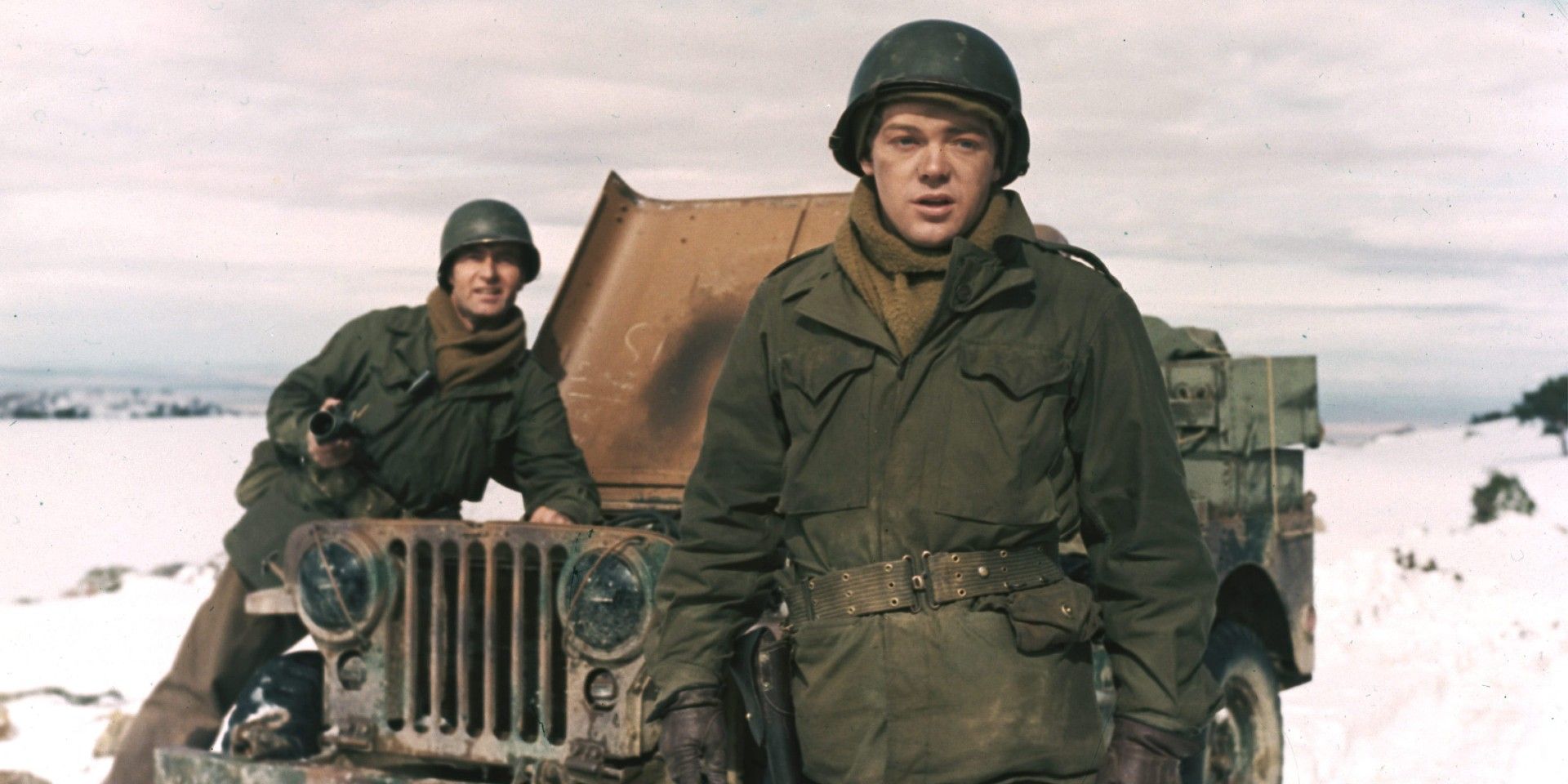
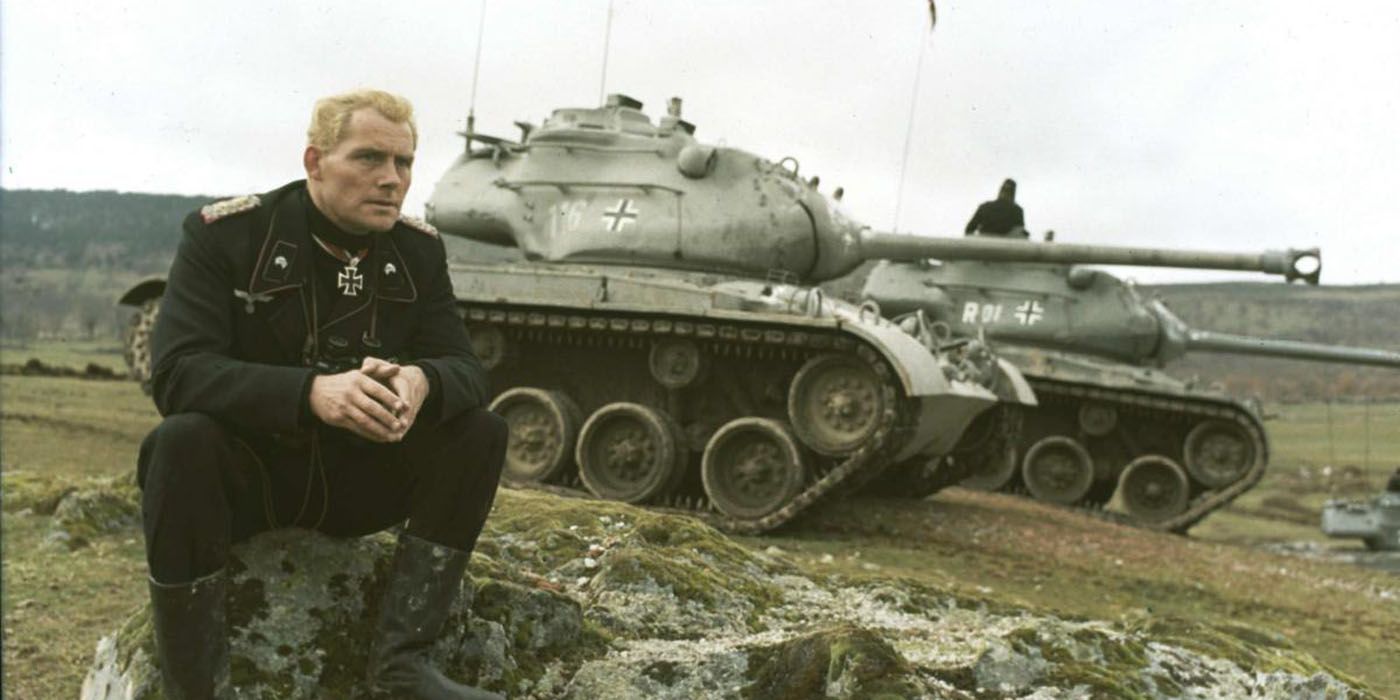

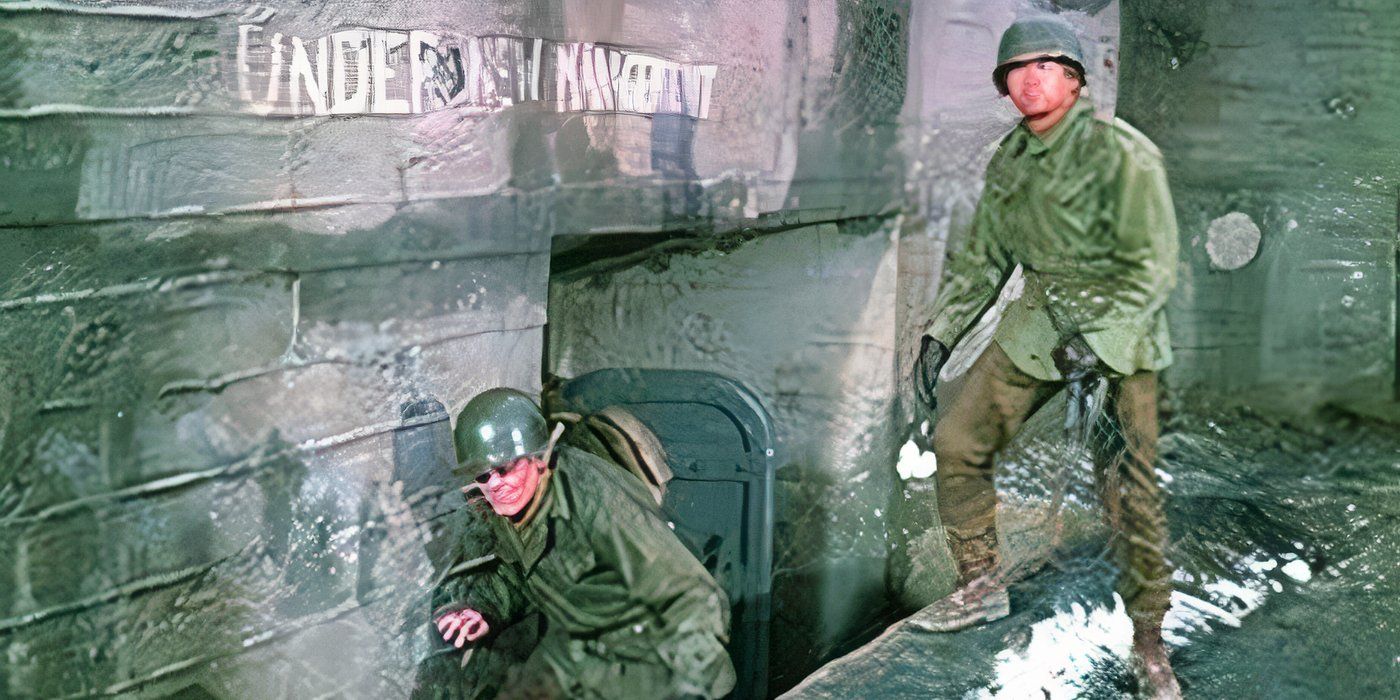

The genuine Battle of the Bulge, fought during World War II on the Western Front, represented Germany’s last significant offensive operation. It was an unexpected attack and is recognized as the third deadliest campaign in American military history. Although Ken Annakin’s war film “Battle of the Bulge,” produced to celebrate the 25th anniversary of the real battle, aimed to honor the event, it presented a highly dramatized version that did not accurately portray the actual events.
In a nutshell, the movie “Battle of the Bulge” aimed to summarize a protracted conflict spanning parts of Germany, Belgium, and Luxembourg, lasting nearly a month, in less than three hours. However, this compression led to numerous inaccuracies. The film misrepresented the terrain soldiers encountered, distorted the genuine battle conditions, and even altered the sequence of events for dramatic impact. Notably, it lacks depictions of real senior Allied leaders, civilians, or military personnel.
5. Enemy At The Gates (2001)
Directed by Jean-Jacques Annaud
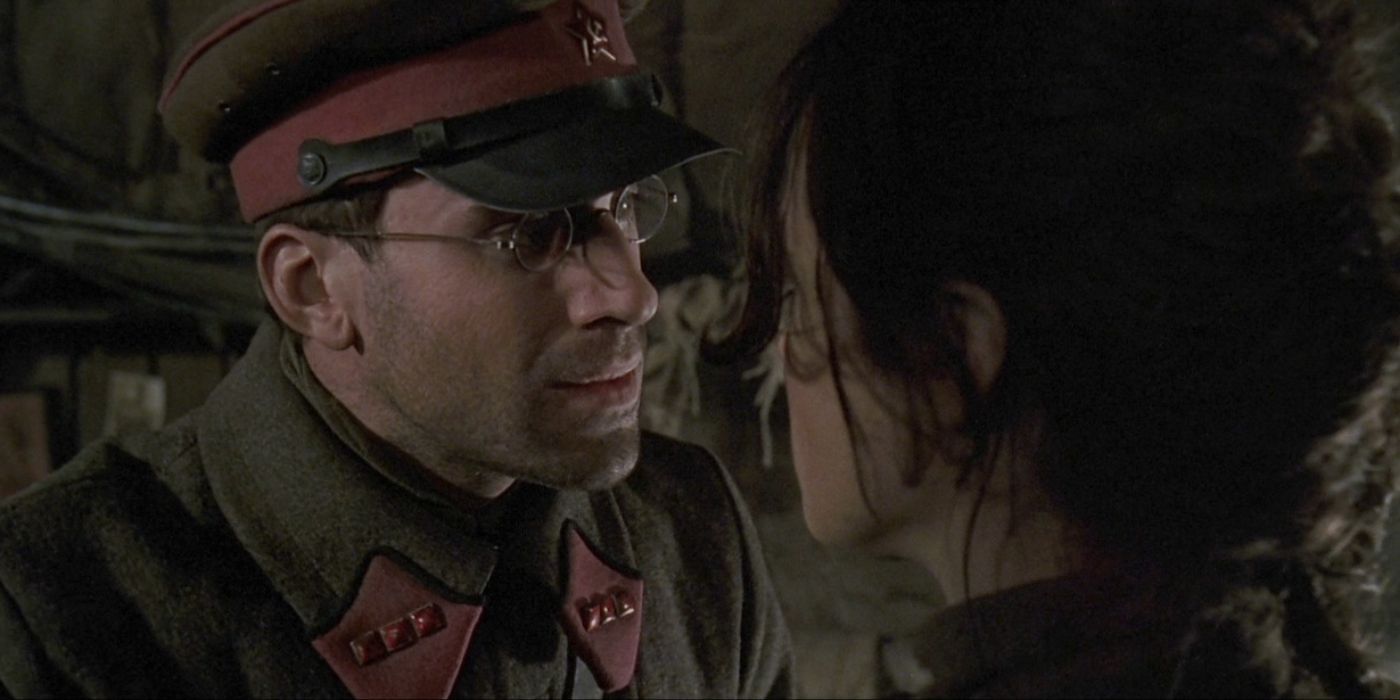
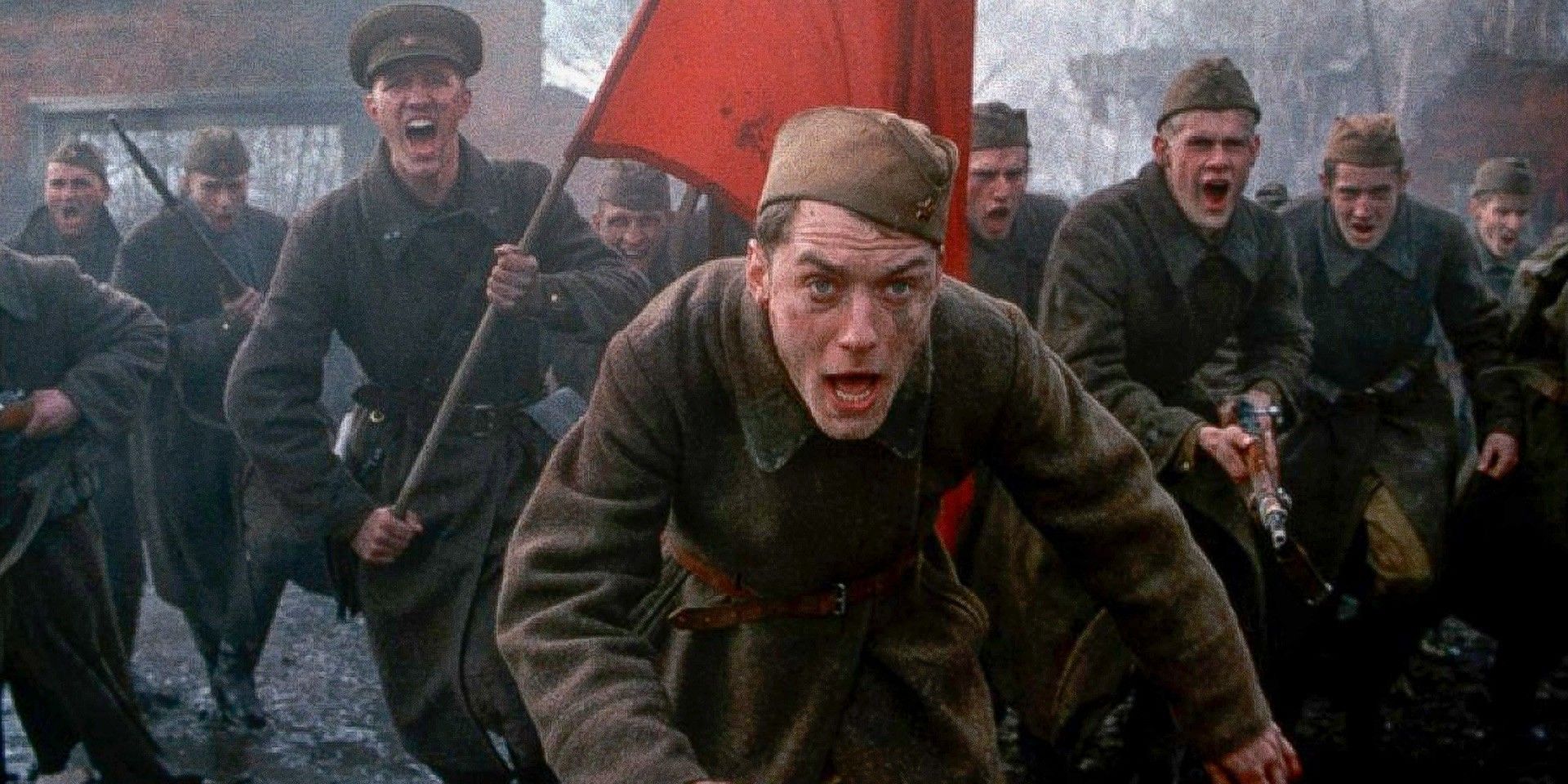
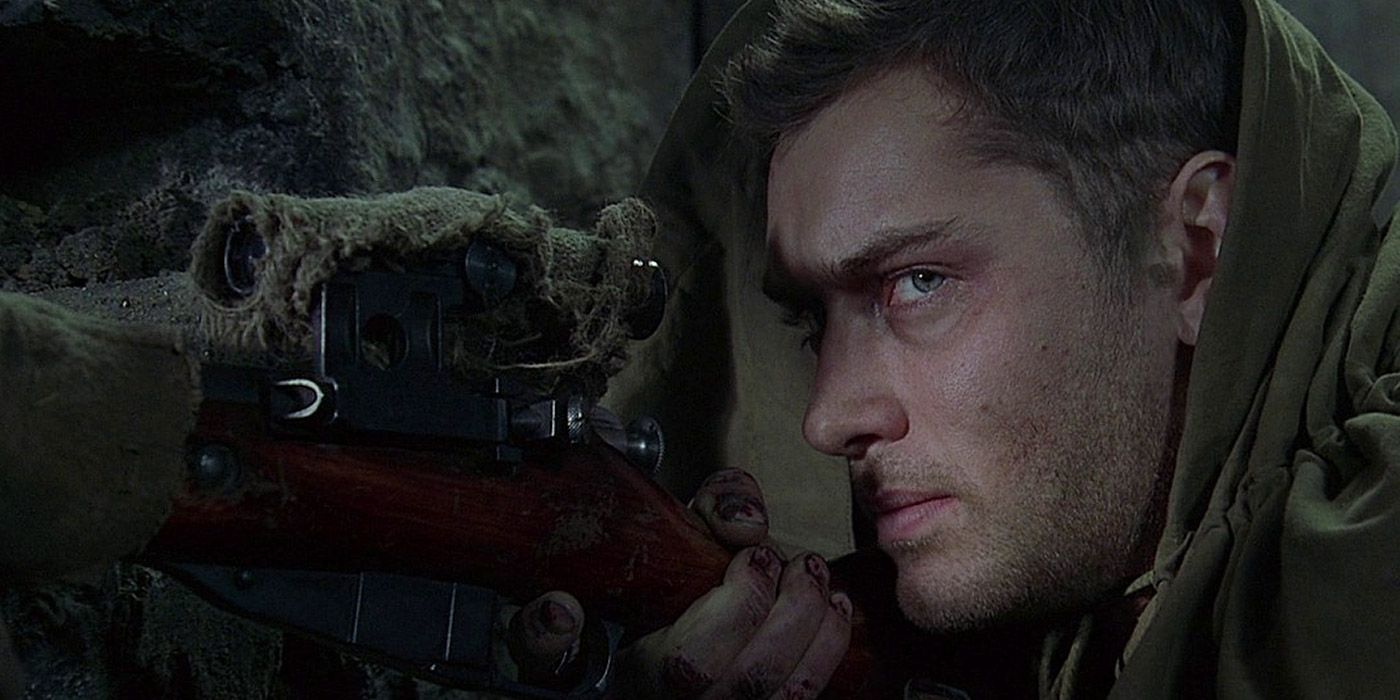
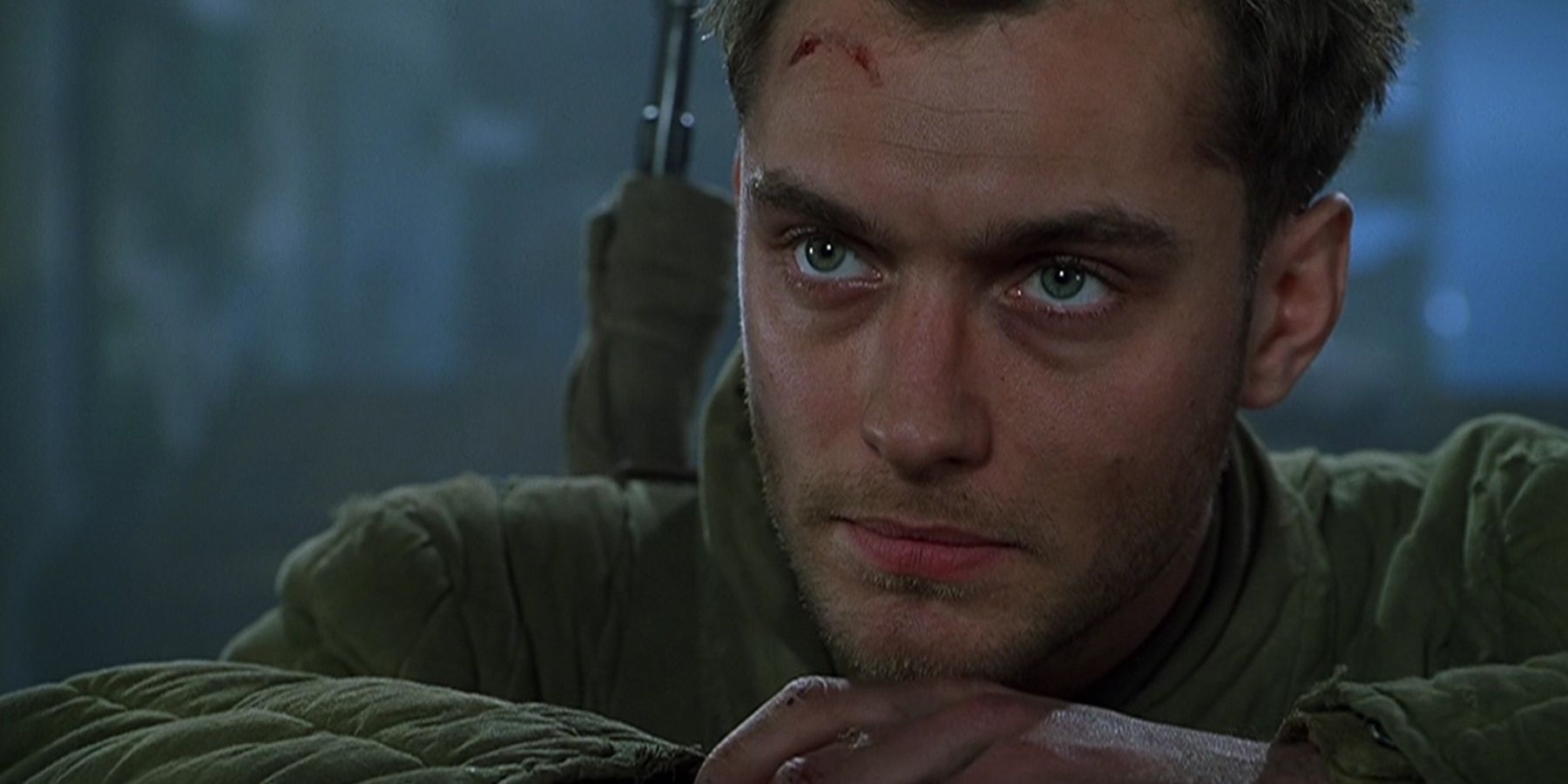
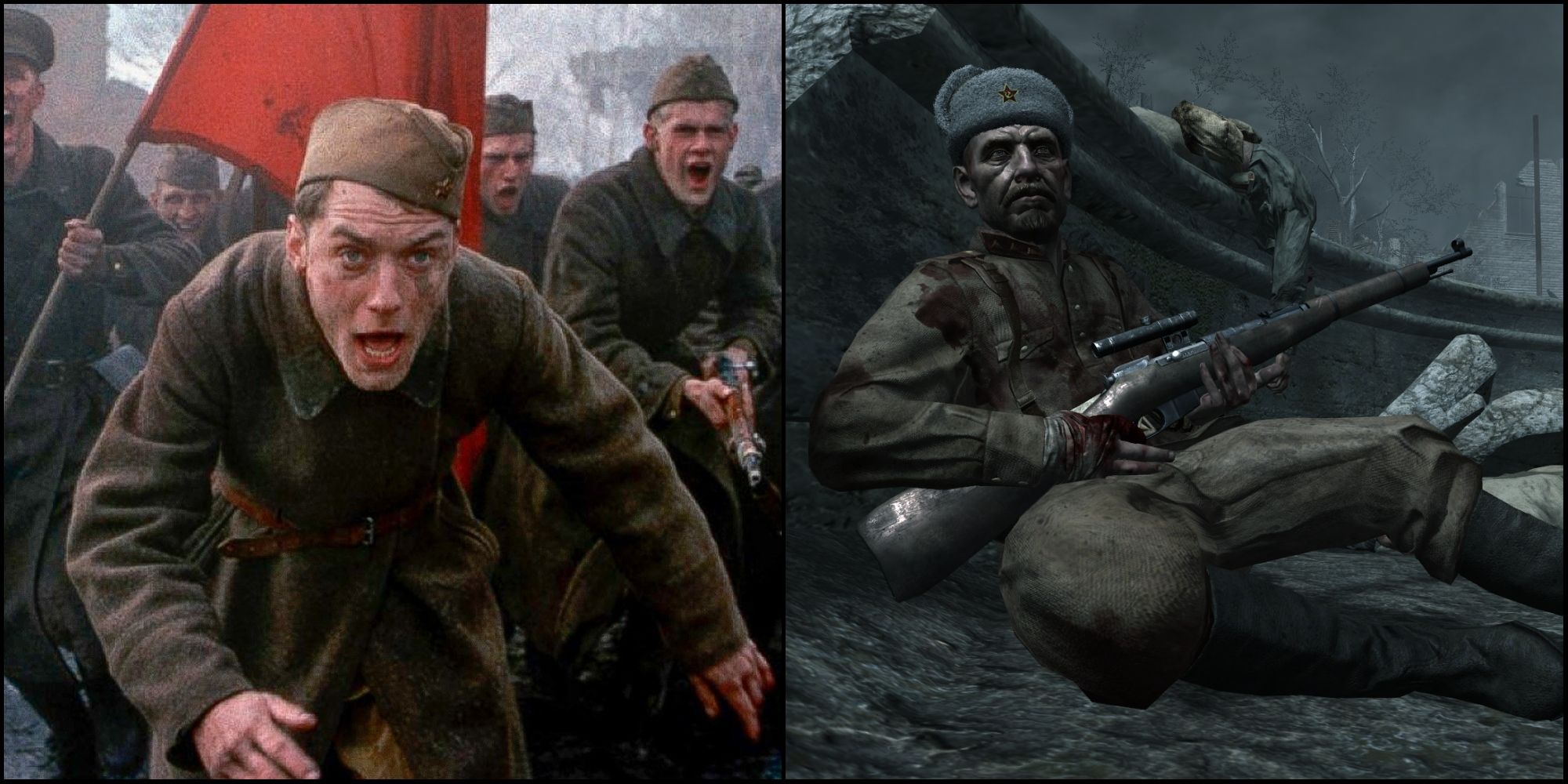
Enemy at the Gates” is a movie that dramatically portrays events leading up to the Battle of Stalingrad, primarily focusing on a sniping duel between Soviet soldier Vasily Zaitsev (Jude Law) and German Major Erwin König (Ed Harris). This film stands out as an intriguing exploration of the Eastern Front during World War II, yet it is marred by significant historical inconsistencies.
As a discerning film critic, I found it hard to overlook the numerous historical inaccuracies in “Enemy at the Gates.” The flawed characterization of Vasily, the distorted representation of wartime events, and an antiquated map depicting modern-day Russia, Ukraine, and the Baltic states as separate entities were just a few of the glaring mistakes that marred this otherwise engaging film.
To add to my disappointment, Switzerland and Turkey were portrayed as having been invaded by Nazi Germany, which is patently false. Moreover, the role of blocking detachments in the Red Army was misrepresented, further undermining the film’s historical authenticity.
Given its mainstream status, it’s truly astonishing that “Enemy at the Gates” managed to make it to the big screen with so many glaring oversights and errors.
4. Red Tails (2012)
Directed by Anthony Hemingway


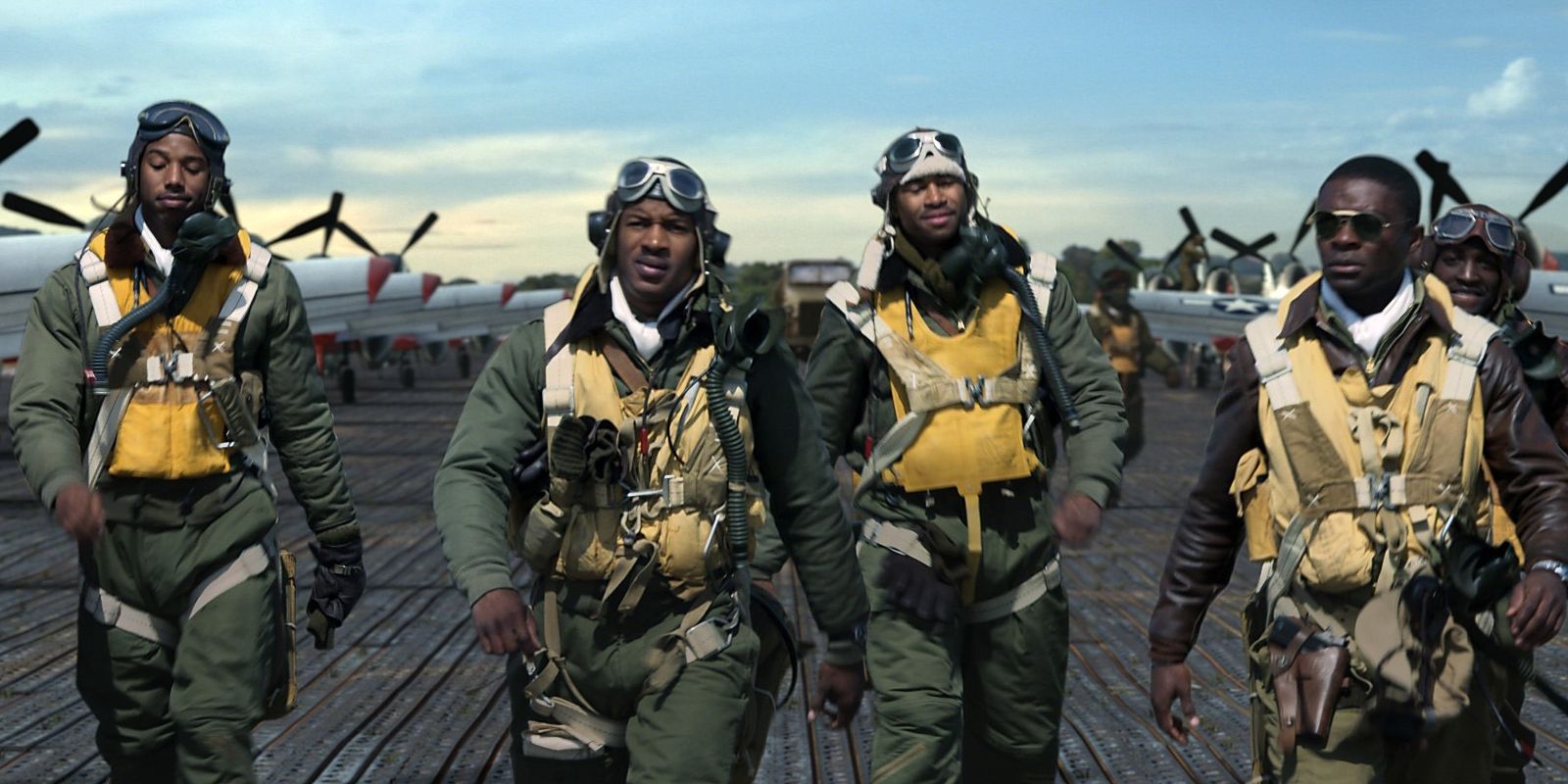
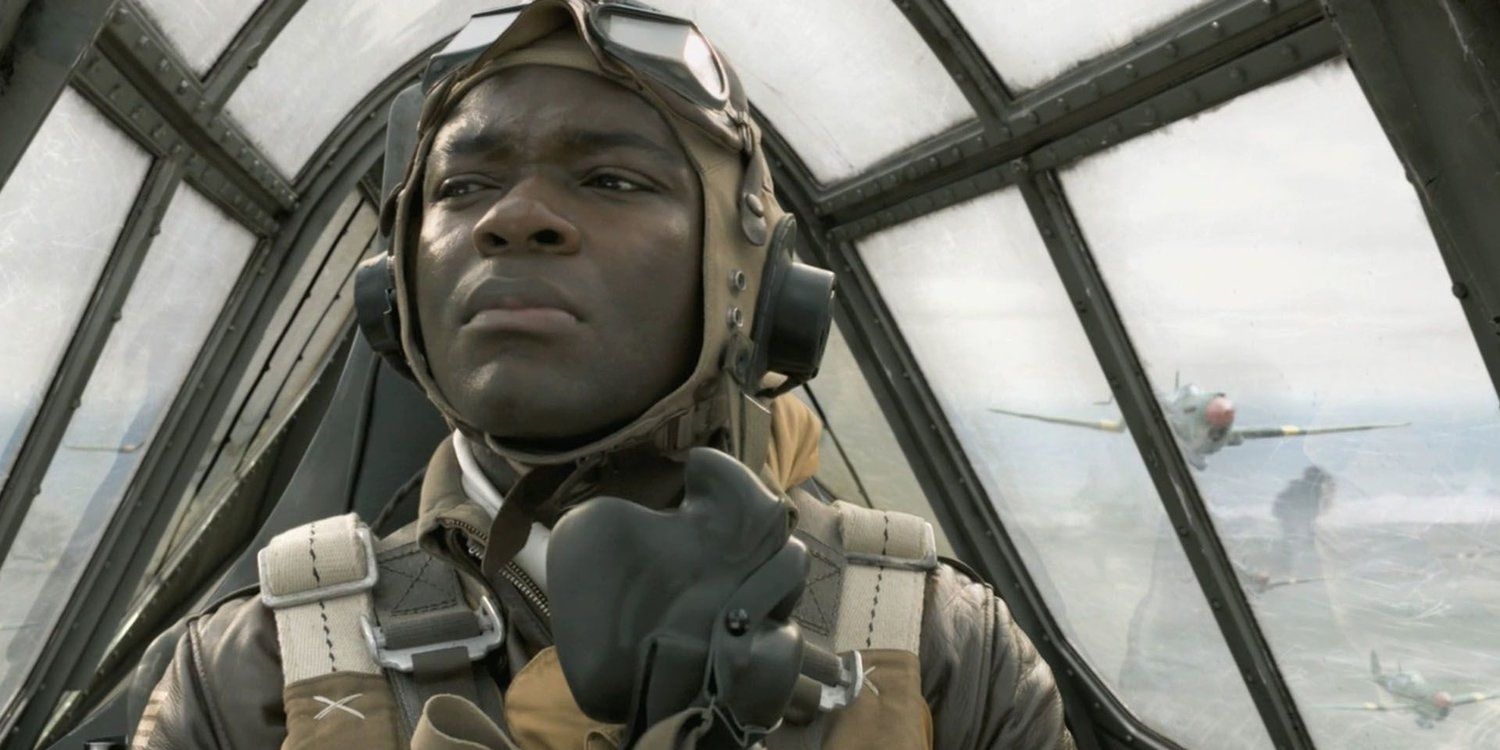

Before Disney took over Lucasfilm, the movie “Red Tails” served as a deeply personal endeavor for its executive producer, George Lucas, who had been nurturing this project since 1988. This film tells the remarkable tale of the Tuskegee Airmen, an African-American unit in the United States Army Air Forces during World War II. “Red Tails” presents a dramatically fictionalized version of the experiences and challenges faced by the 332d Fighter Group, including racism and discrimination. Despite the movie being seen as historically accurate by many, it’s essential to note that Colonel Charles McGee and Colonel Harold Brown, surviving members of the Tuskegee Airmen, hosted webinars addressing the film’s portrayal of their experiences.
In a set of webinars called “Tuskegee Airman Webinars – ‘Was the Movie Accurate’?”, McGee and Brown investigated discrepancies concerning the losses experienced by bomber crews under escort, encounters with German jet fighters, and the overall achievements of the Tuskegee Airmen. With numerous contradictory stories, it became apparent that the movie “Red Tails” was not historically accurate and misrepresented several key details. Although the creators of “Red Tails aimed to highlight the often overlooked efforts of African-American soldiers in WWII,” they did so by distorting the true historical account.
3. Pearl Harbor (2001)
Directed by Michael Bay
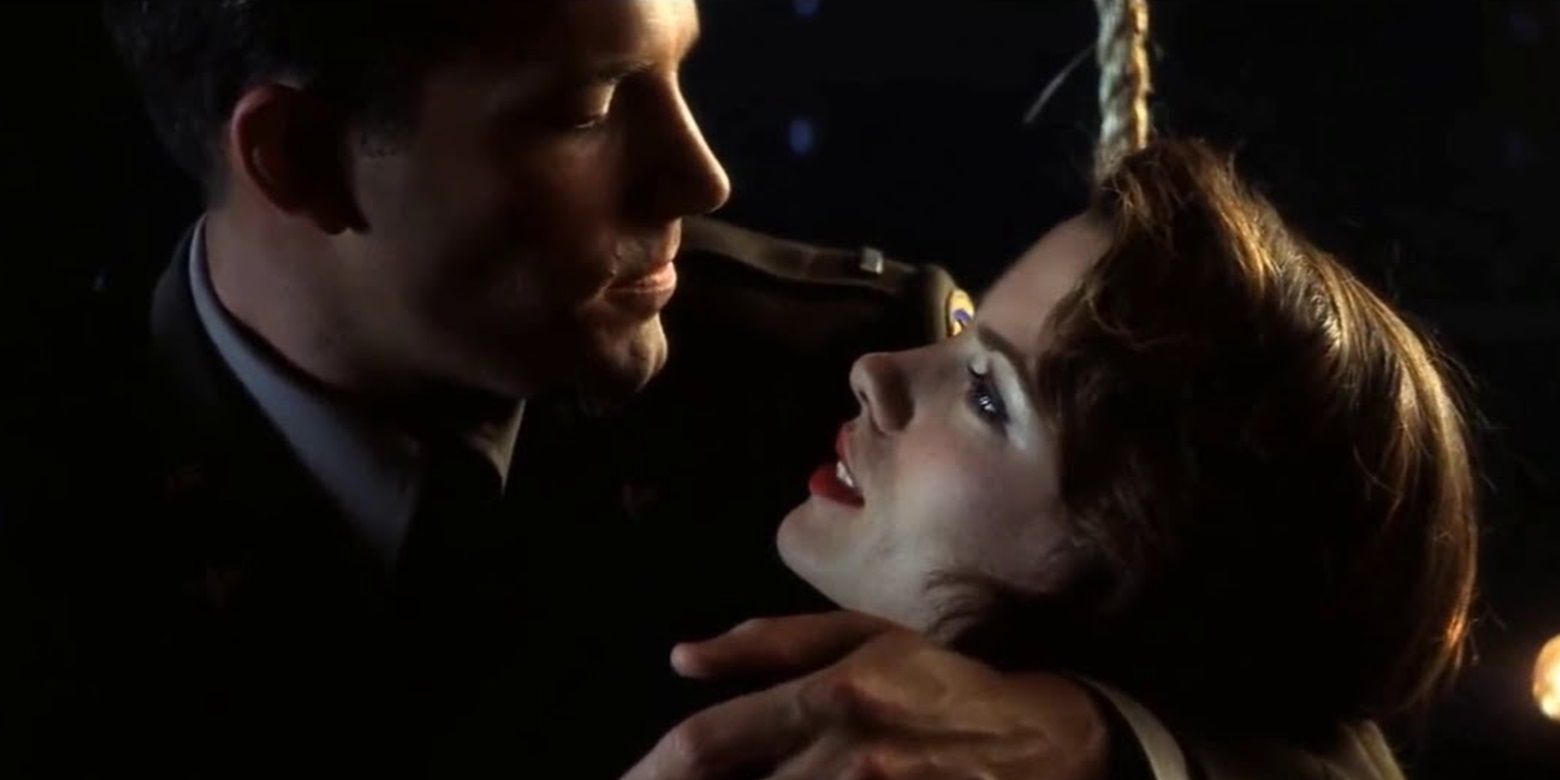
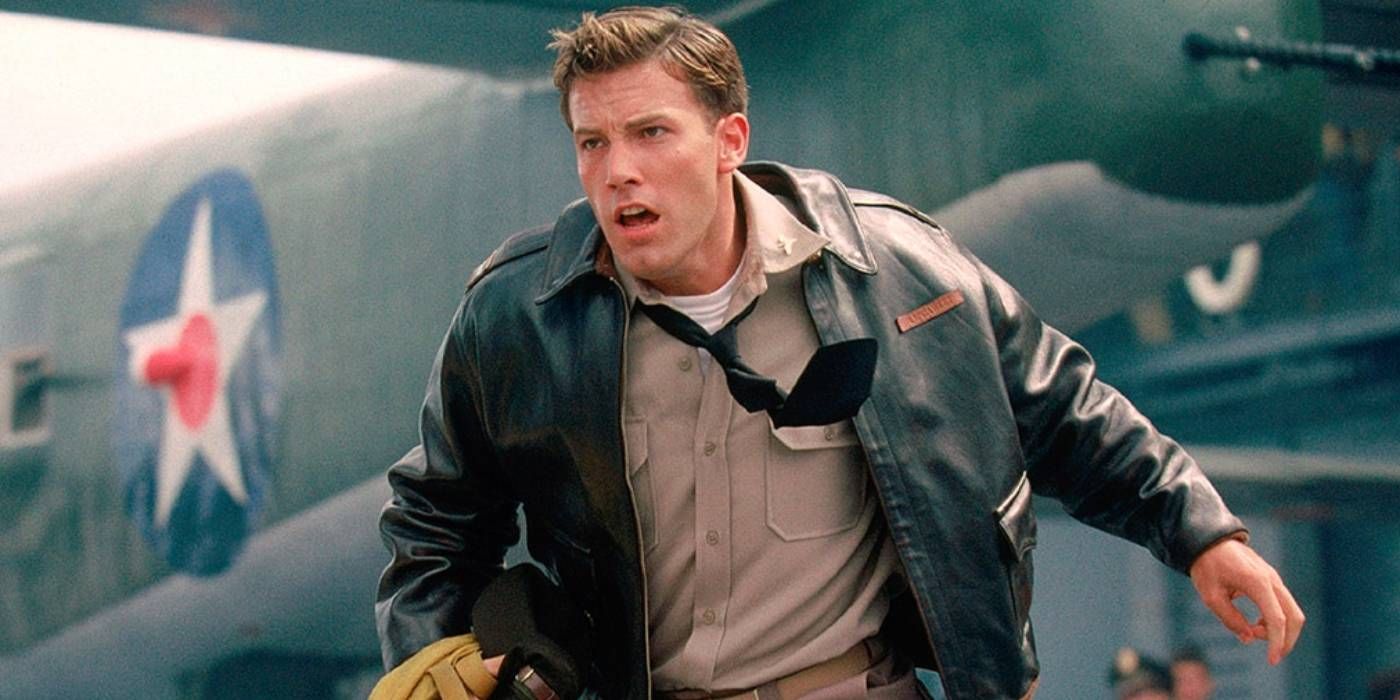
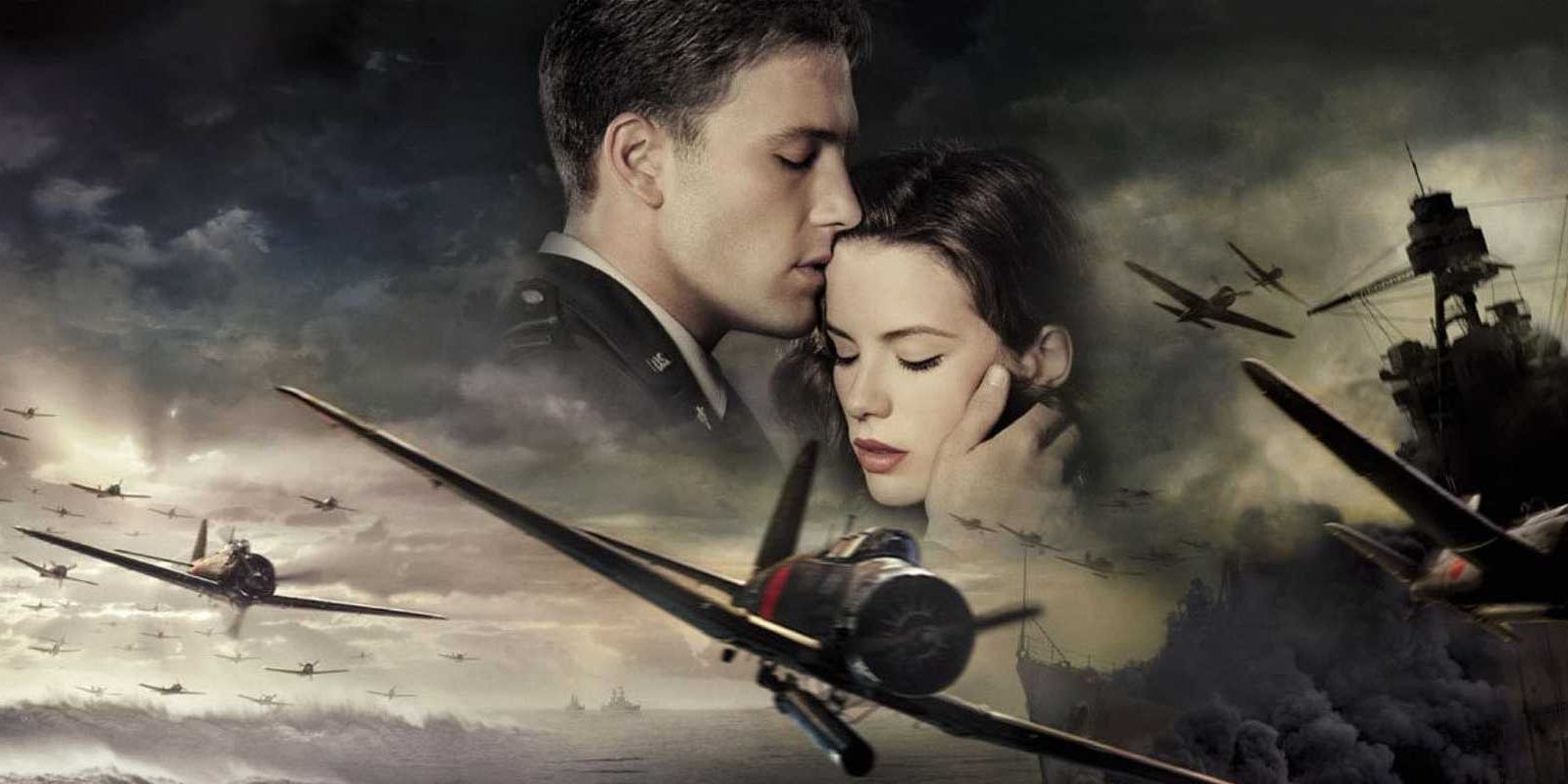
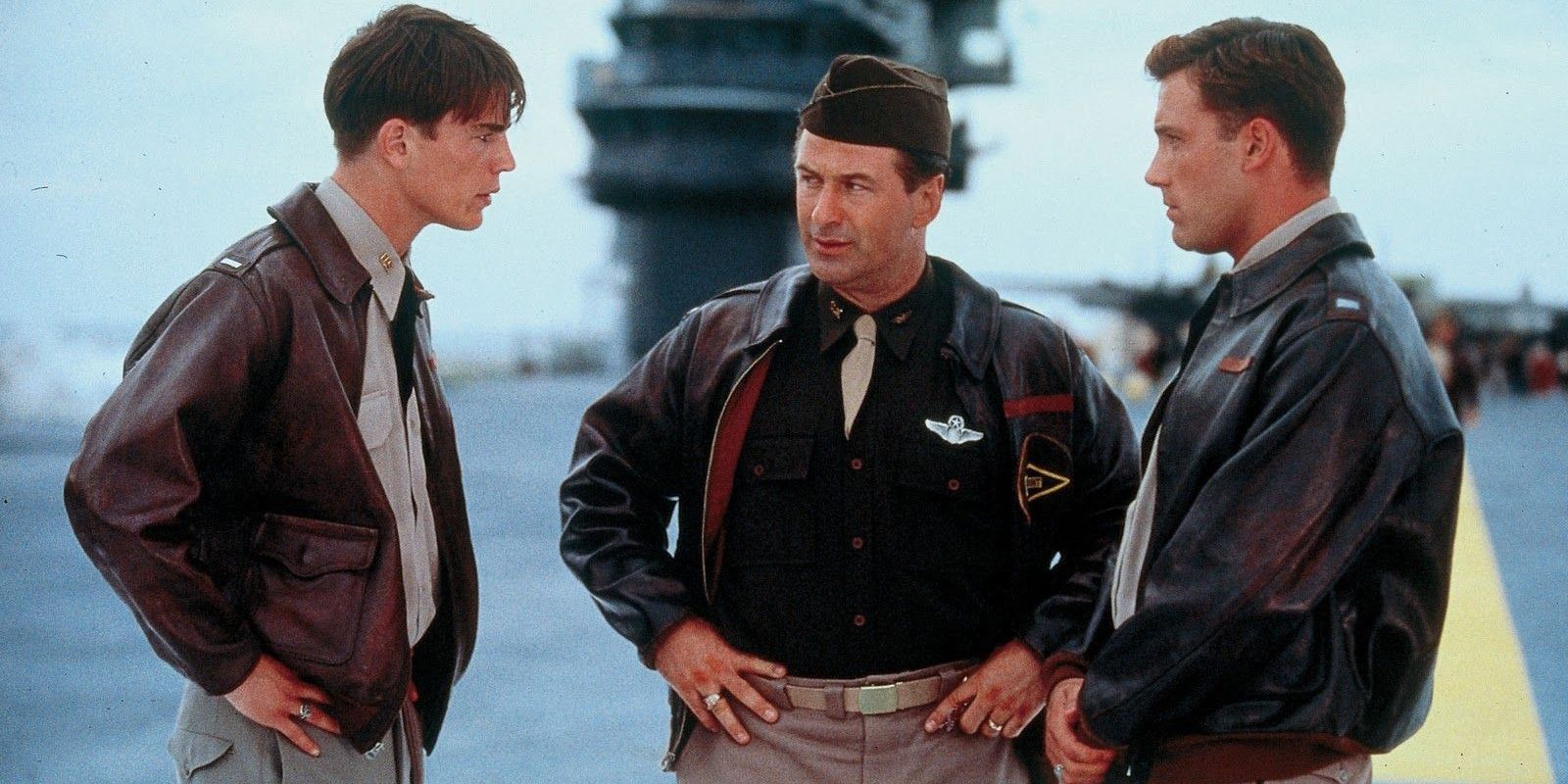
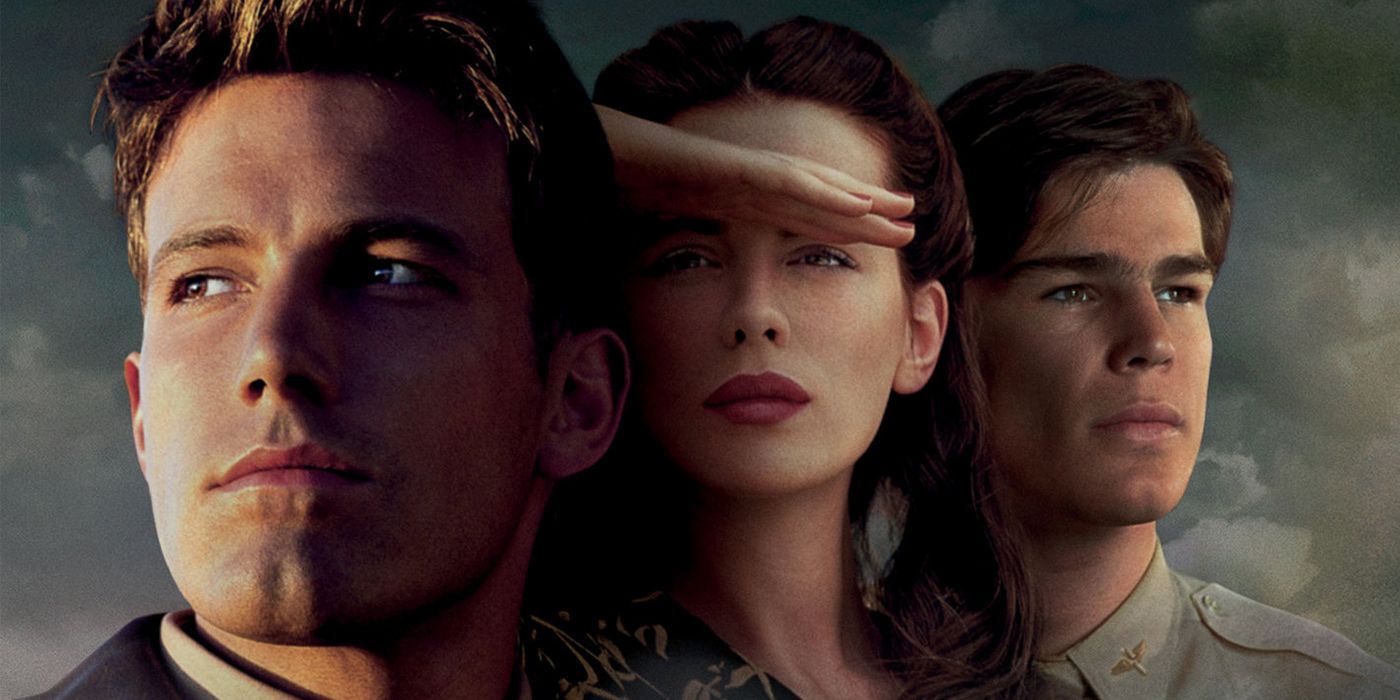
Michael Bay’s war drama “Pearl Harbor” was a significant box office hit, but it portrayed a significantly fictionalized account of the actual Pearl Harbor attack and seemed to prioritize emulating the romantic disaster vibe of “Titanic” over narrating an accurate historical tale. Given the significant artistic liberties taken, many real World War II survivors criticized the movie as highly inaccurate, viewing it as Hollywood exploiting wartime tragedy for financial purposes.
The film Pearl Harbor presented numerous errors regarding World War II: For instance, it portrayed the Battle of Britain as ongoing in 1941 when it had actually ended the previous year. Furthermore, it replaced real Air Force pilots with fictional characters played by Ben Affleck and Josh Hartnett. The depiction of the Doolittle Raid was also full of inaccuracies, and even the actions of President Roosevelt following the attack deviated significantly from historical accounts. In essence, this war movie distorted nearly every aspect of the real events that took place during World War II.
2. U-571 (2000)
Directed by Jonathan Mostow
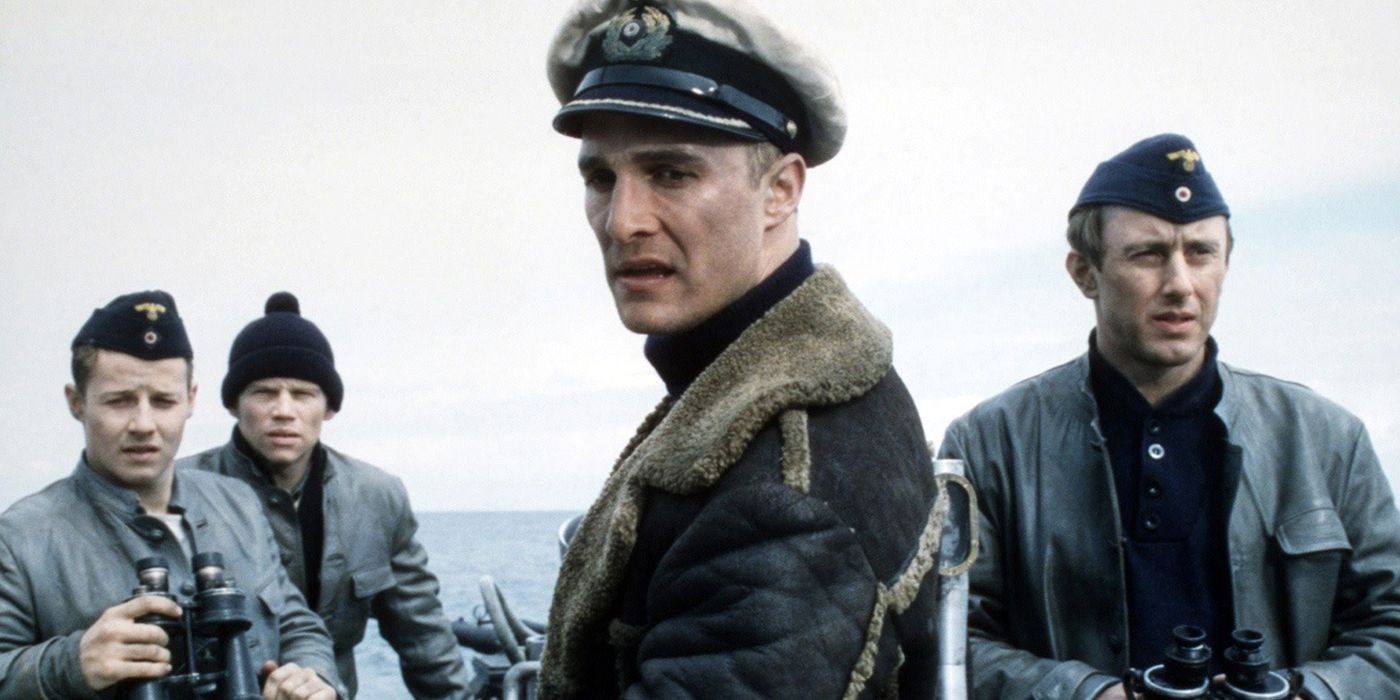
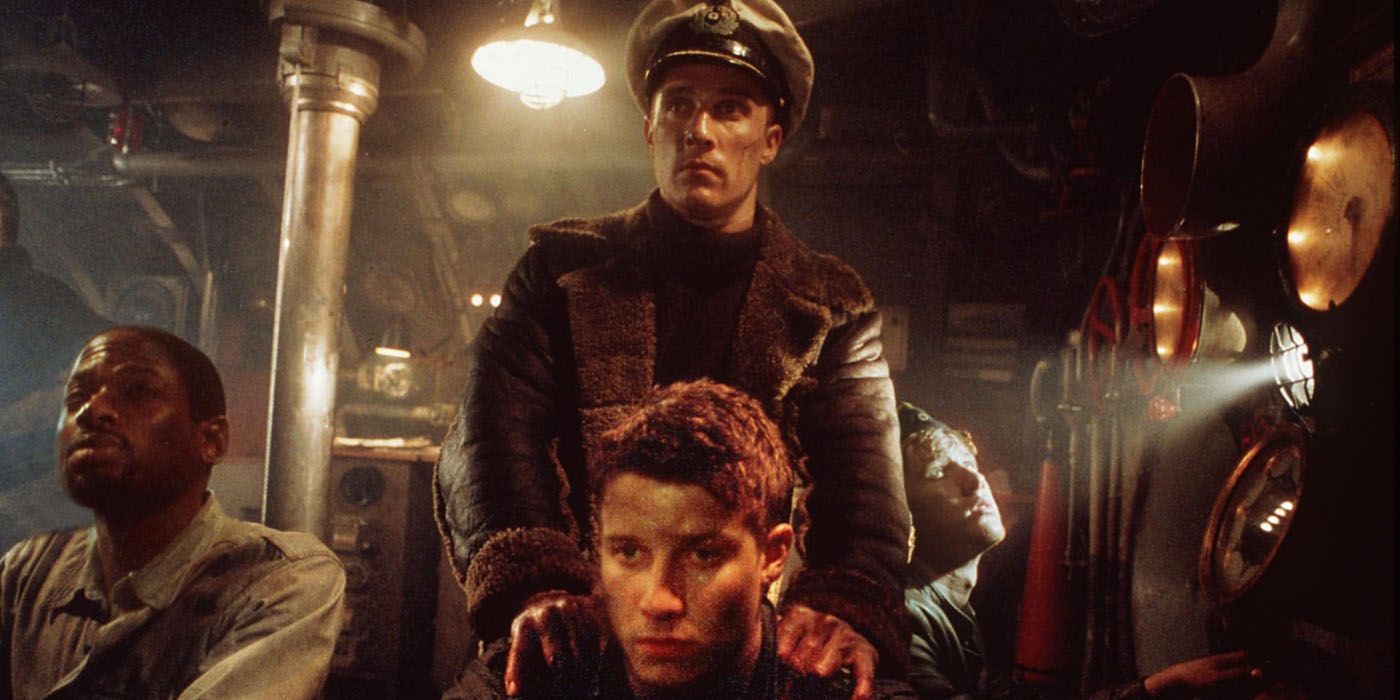
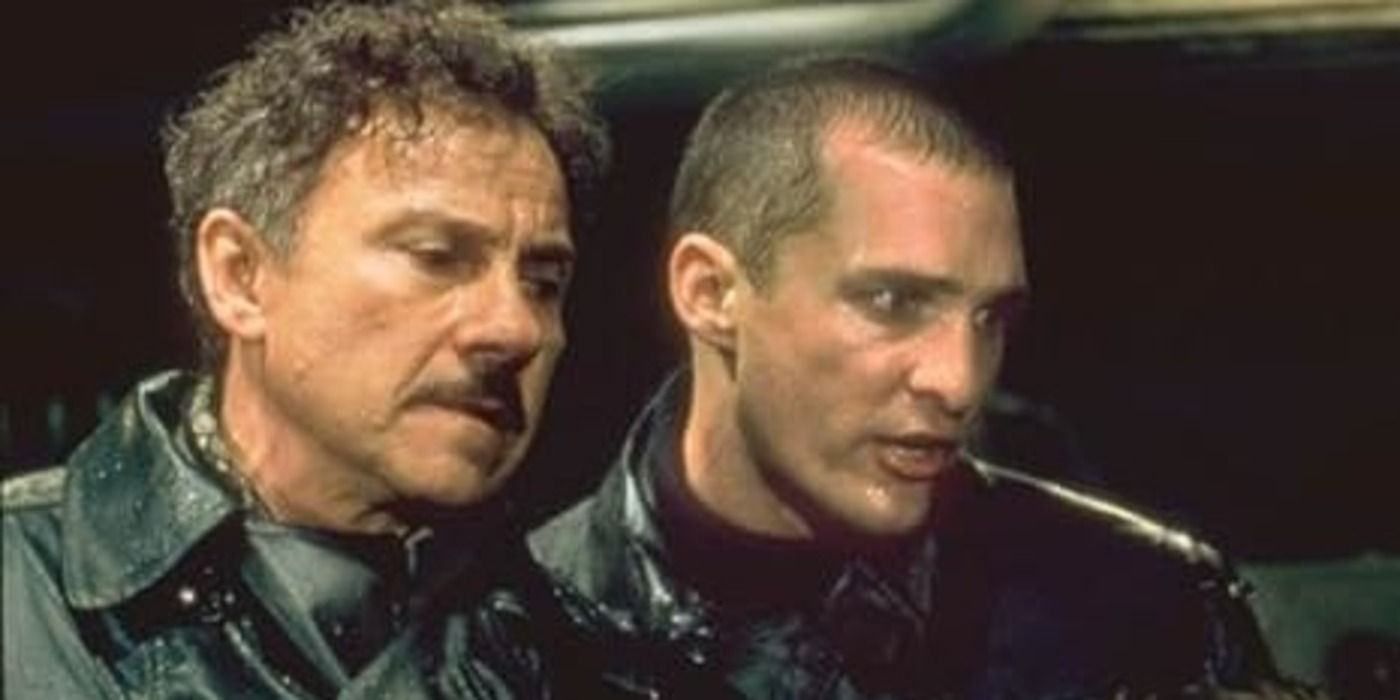
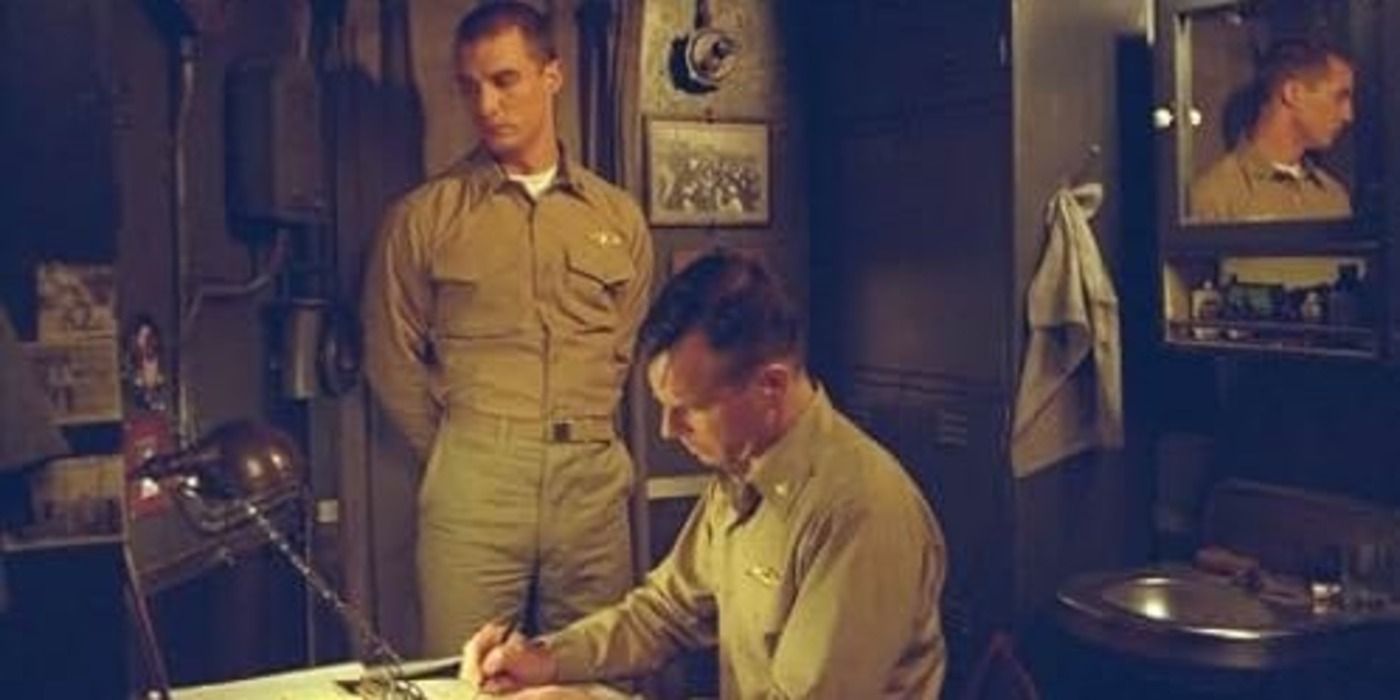
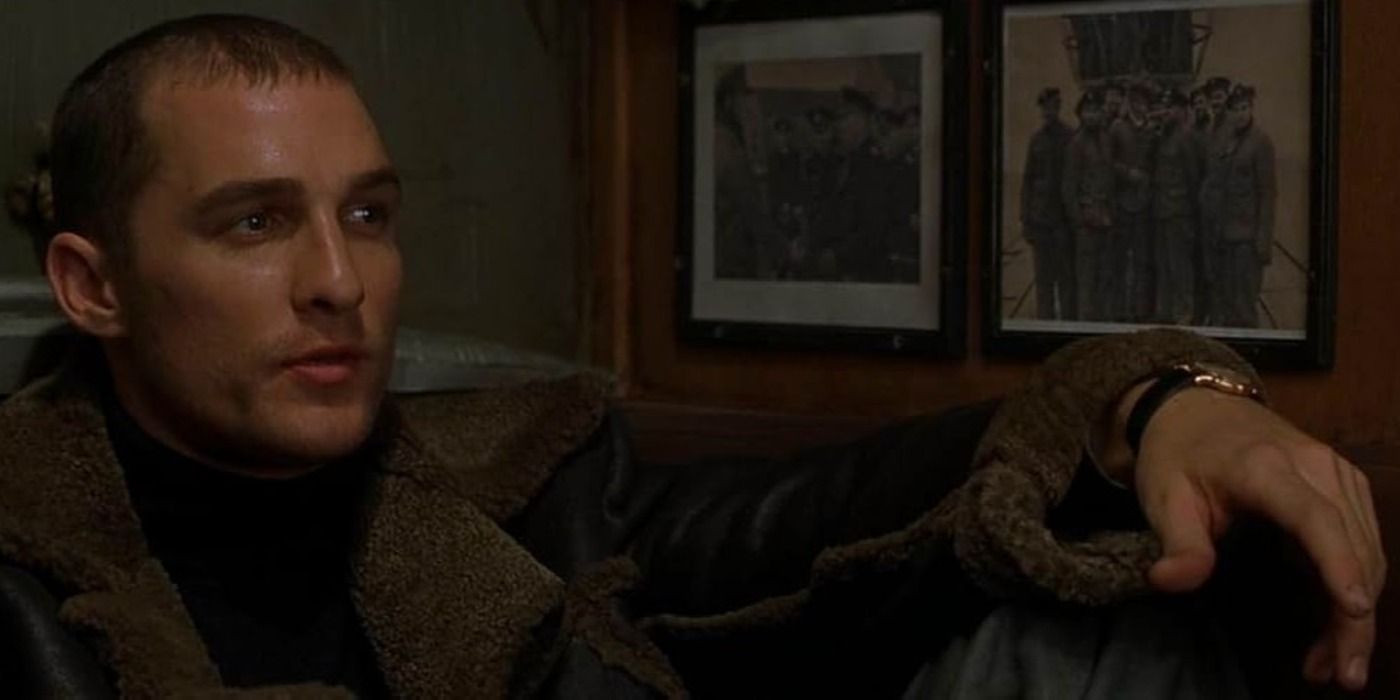
In stark contrast to the authenticity of events, the inaccuracies presented in the film “U-571” were so glaringly obvious that even the Prime Minister of the UK, Tony Blair, publicly criticized it via the BBC, labeling it as an “insult” to the British sailors who perished during the Battle of the Atlantic. As a World War II submarine movie, “U-571” portrayed a fictional narrative about American soldiers infiltrating a German submarine to capture an Enigma cipher machine. This depiction was widely viewed as undermining the genuine heroism demonstrated by British Navy officers during that time.
In essence, the movie U-571 deceitfully attributed a pivotal wartime sea event to the Americans, when in reality it was the British who planned and executed the action. To put it another way, U-571 dishonestly exchanged nationalities and falsely claimed credit for something that wasn’t rightfully theirs.
1. The Hurt Locker (2008)
Directed by Kathryn Bigelow

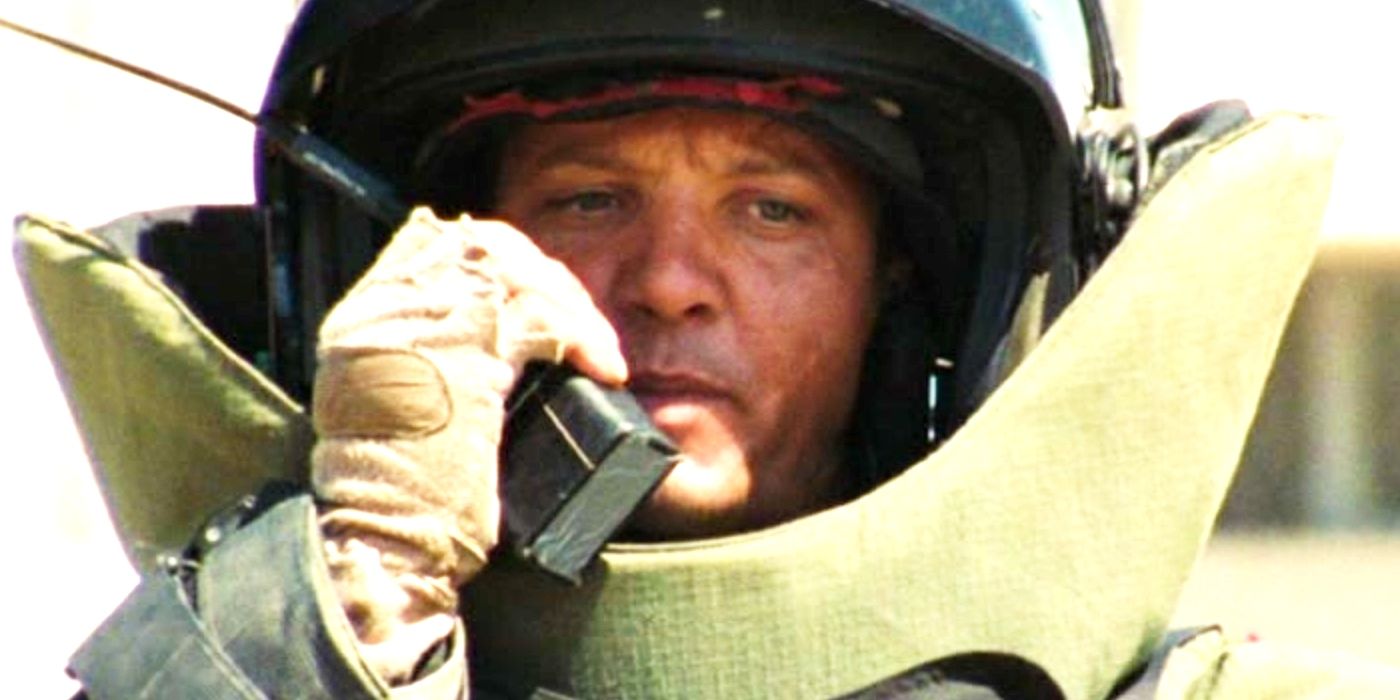
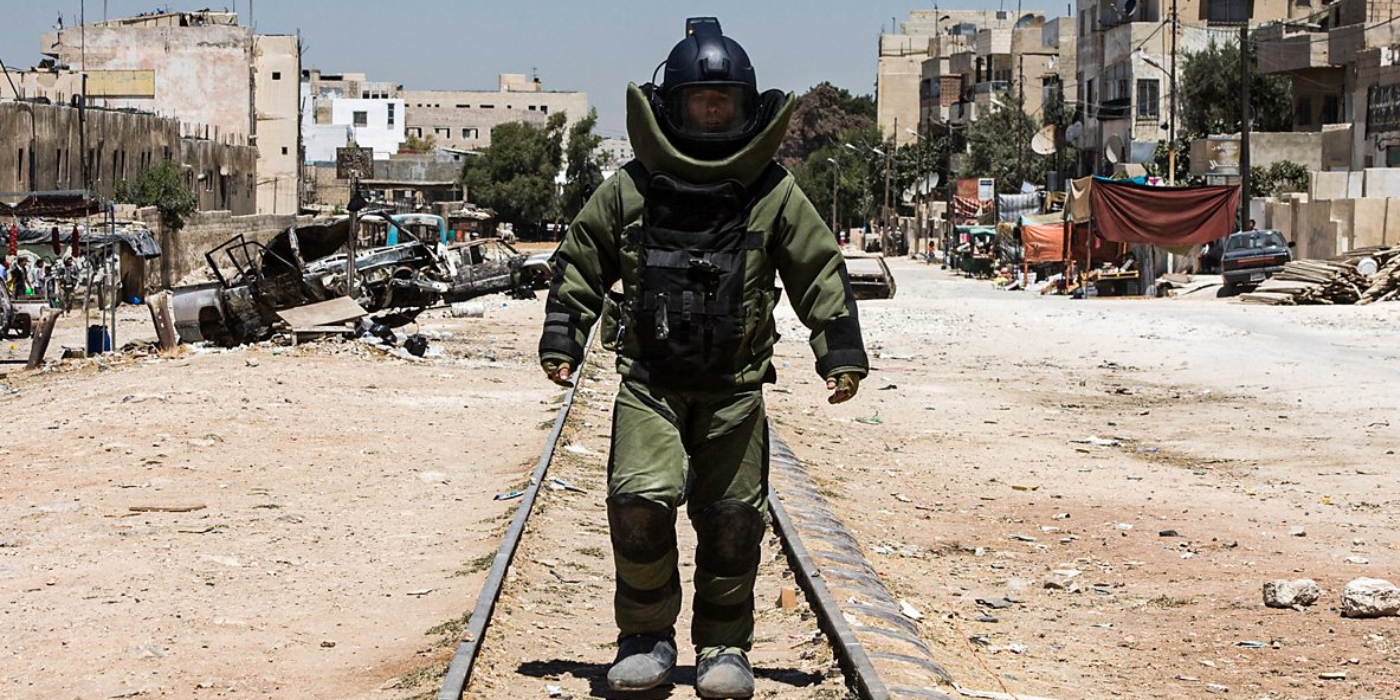

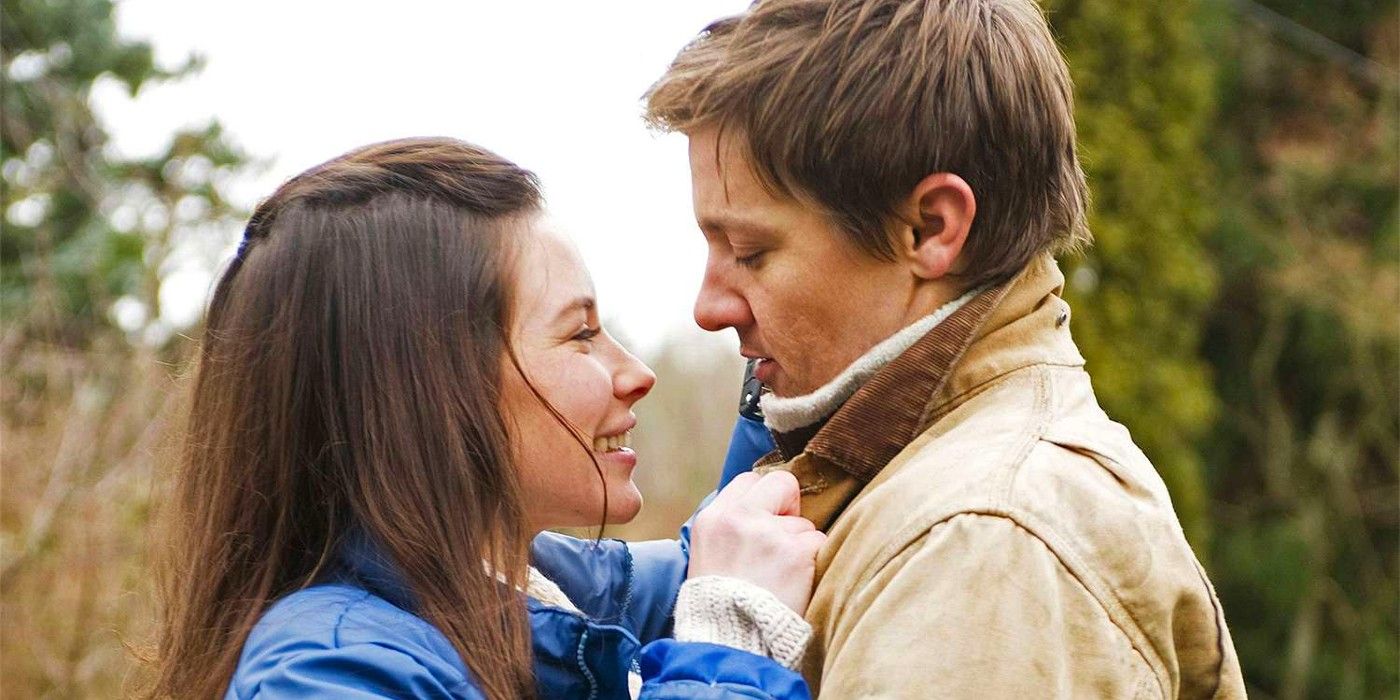
Kathryn Bigelow’s film, titled “The Hurt Locker“, took everyone by storm and garnered six Academy Awards, including Best Picture, Best Director, and Best Original Screenplay. This movie centers around an Explosive Ordnance Disposal team in the Iraq War, portraying a nerve-wracking work environment filled with intense tension. However, it faced considerable criticism from experts and veterans for its inaccurate representation of wartime situations. The film was faulted for various reasons such as incorrect uniforms, absence of radio communication, and unrealistic soldier behavior (as reported by HuffPost). Essentially, there were many instances where the movie fell short of reality.
In the aftermath of 9/11 and significant conflicts in the Middle East, Mark Boal, the screenwriter of the heart-pounding thriller “The Hurt Locker“, drew inspiration from his own journalistic stints alongside troops and bomb squads in Iraq. However, despite Boal’s impressive background, veterans criticized parts of this movie as implausible, claiming that the soldiers’ actions didn’t match up with real-life operations in Iraq.
Read More
- Clash Royale Best Boss Bandit Champion decks
- Mobile Legends November 2025 Leaks: Upcoming new heroes, skins, events and more
- Bentley Delivers Largest Fleet of Bespoke Flying Spurs to Galaxy Macau
- The John Wick spinoff ‘Ballerina’ slays with style, but its dialogue has two left feet
- Stocks stay snoozy as Moody’s drops U.S. credit—guess we’re all just waiting for the crash
- Bealls & Flexa: Bitcoin Bonanza at 660+ Stores! 🛍️💰
- Clash of Clans: How to beat the Fully Staffed Challenge
- Delta Force Best Settings and Sensitivity Guide
- Clash Royale Furnace Evolution best decks guide
- Millionaire Chicken Heir Johnny Ingham and Wife Rey Welcome Their First Baby!
2025-04-28 16:00